Franklin Mint collectibles
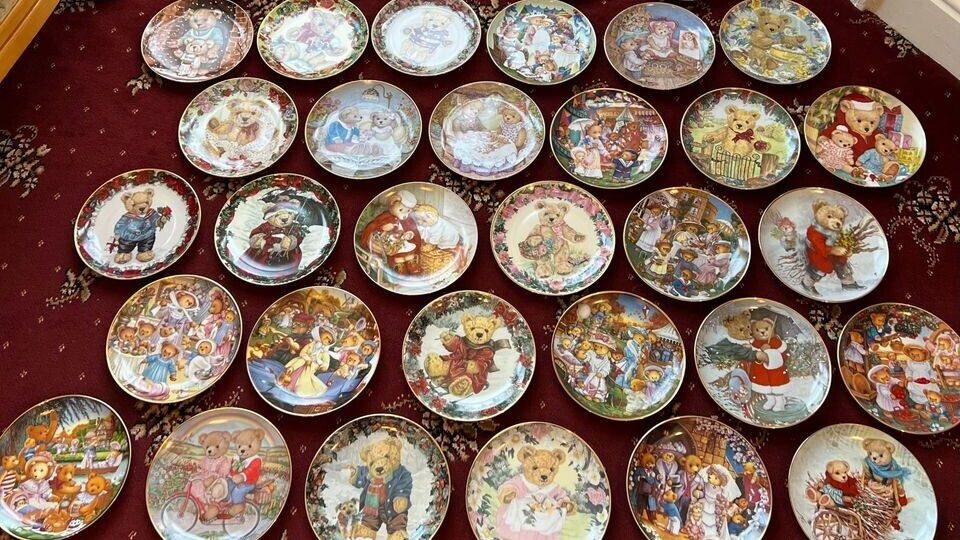
Franklin Mint collectibles are explicitly marketed as investments that are likely to increase in value over time. In reality, most of the dolls, plates and other items offered by the company are worth a fraction of what their owners paid for them. For example, Kate Middleton dolls that originally retailed for $200 are worth around $50 today, and that’s only if they’re still boxed.
Pogs
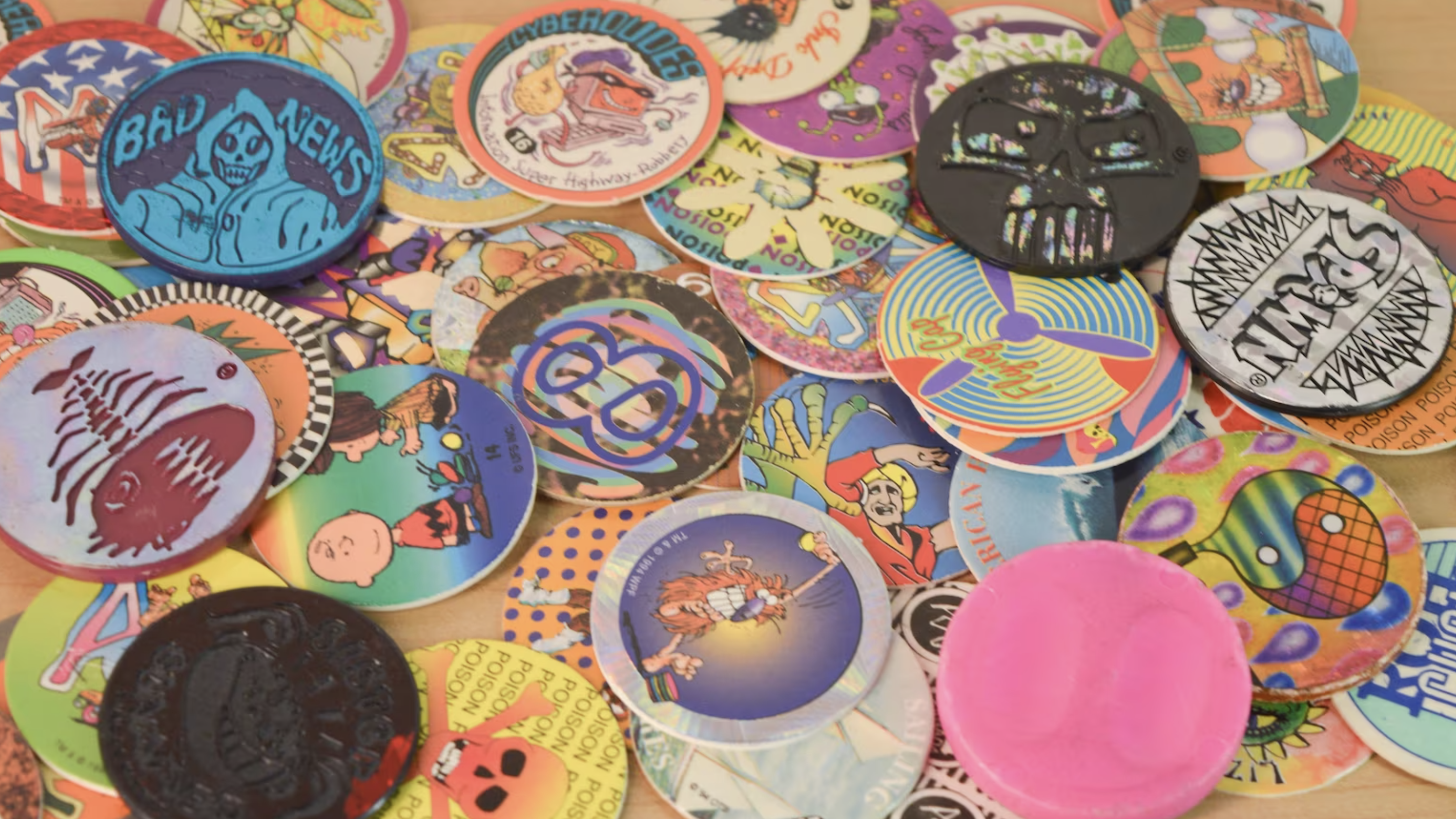
A hugely popular game in the 90s, Pogs involved stacking circular cardboard discs and then hitting them with a “slammer,” with points gained for every disc that landed face up. For some reason, people began fervently collecting these discs, apparently in the hope that they would eventually be seen as desirable. Needless to say, that never happened.
Hummel figurines
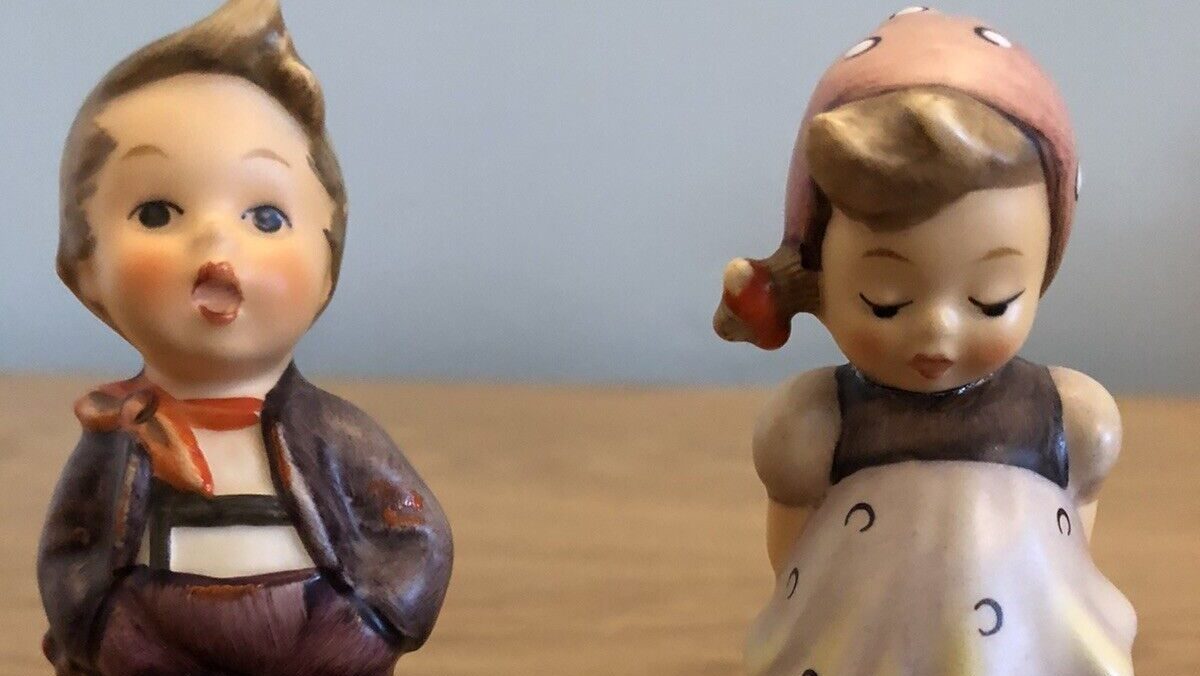
Hummel figurines are some of the most recognizable collectibles of all time. Based on the drawings of a German nun, the figurines were initially only available in Germany, which made them difficult to get hold of – and thus expensive – in the United States. After The Second World War, however, the figurines began to be widely sold abroad, leading to a sharp drop in values.
Beanie Babies
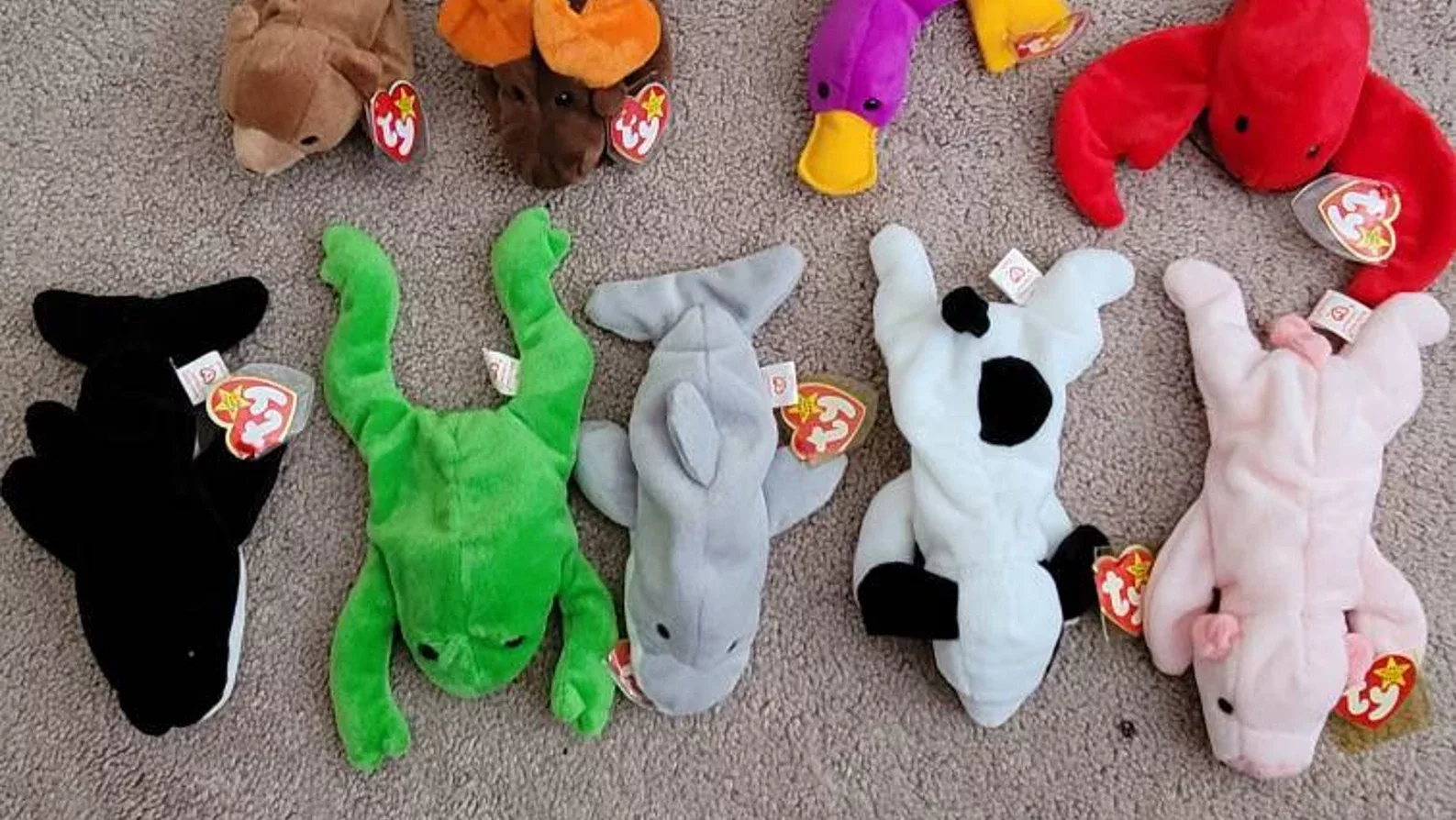
By predominantly selling in independent toy stores and tightly controlling output, toymaker Ty gave Beanie Babies the illusion of being rare collectibles. For a time, people were making good amounts of money selling the stuffed animals, and when Ty ended production in 1999 prices went up even higher. Eventually, the illusion of scarcity shattered, and nowadays most Beanie Babies are worth pennies.
Cookie jars
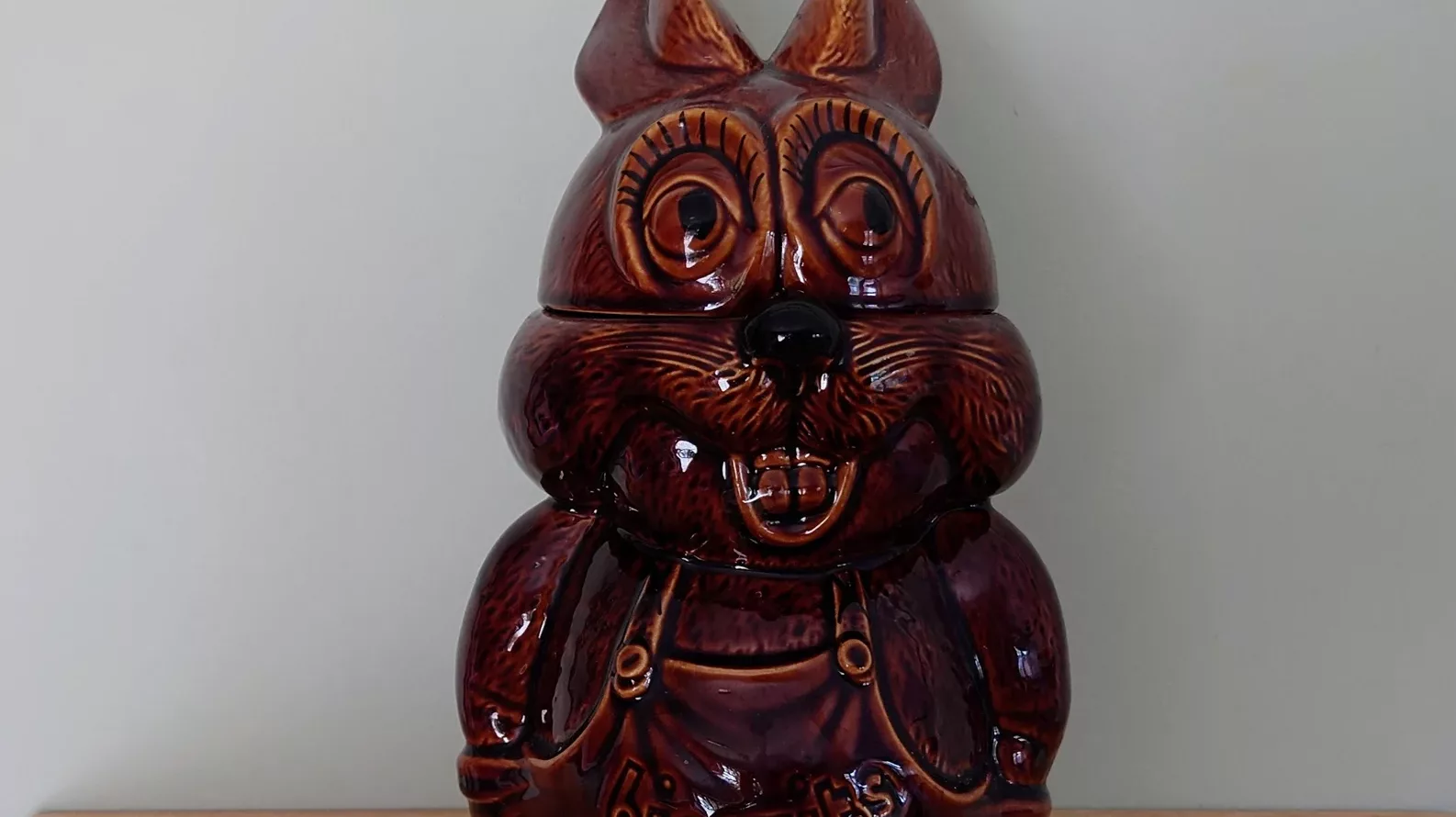
Andy Warhol famously collected cookie jars, and his collection sold for a quarter of a million dollars at auction. This has led to the mistaken belief that cookie jars are potentially lucrative collectibles. In reality, the reason Warhol’s collection was so valuable had nothing to do with the jars themselves, and everything to do with the fact that they had belonged to one of the most famous artists of all time.
Happy Meal toys
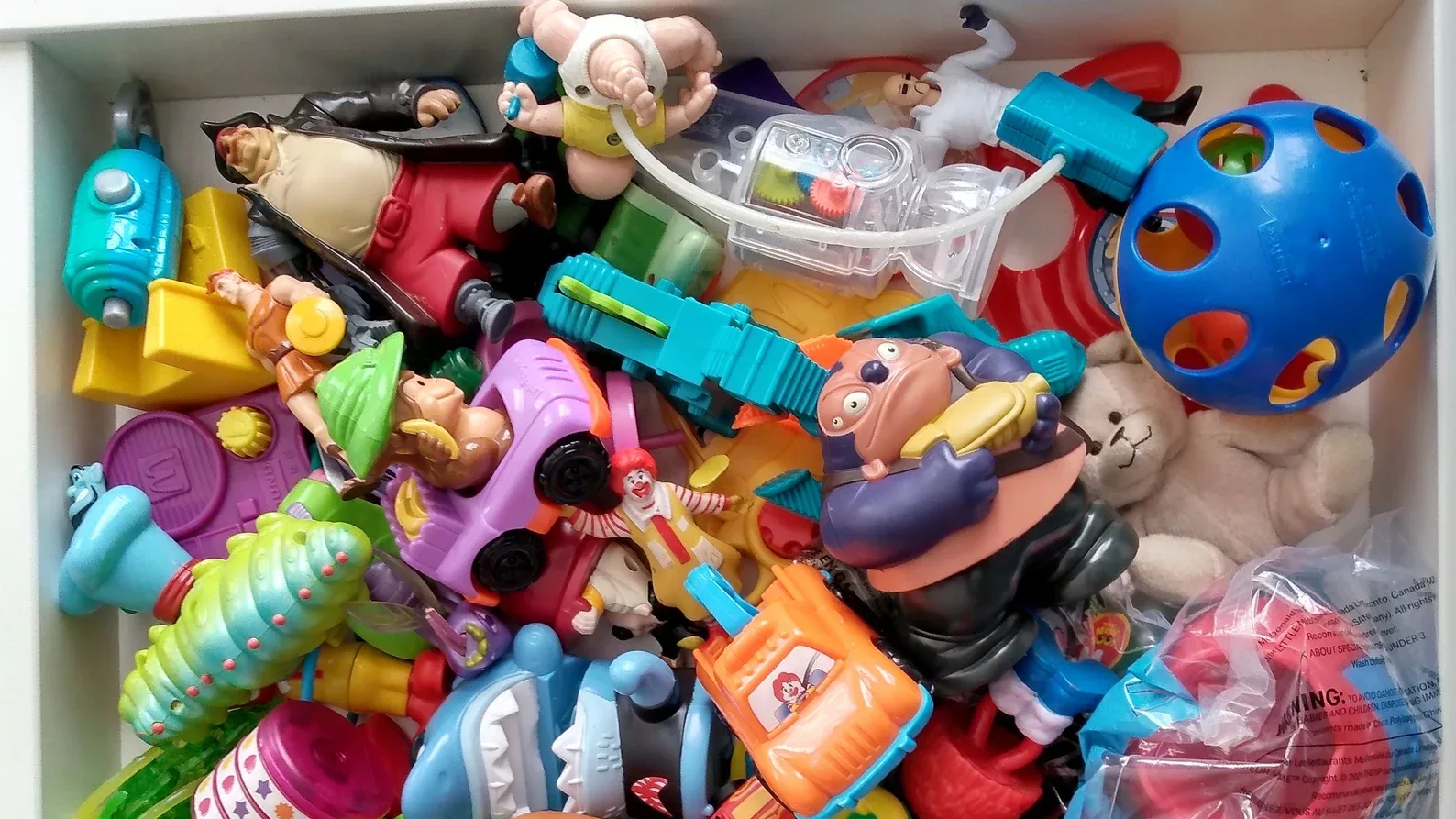
A few Happy Meal toys have sold for large sums online, which has led to a craze of people buying hundreds of Happy Meals just to collect the toys. As well as being a waste of food, this is also a poor investment strategy. The chances of any one Happy Meal toy becoming valuable are slim to none, thanks to the sheer number of them that are manufactured.
Roseville Pottery
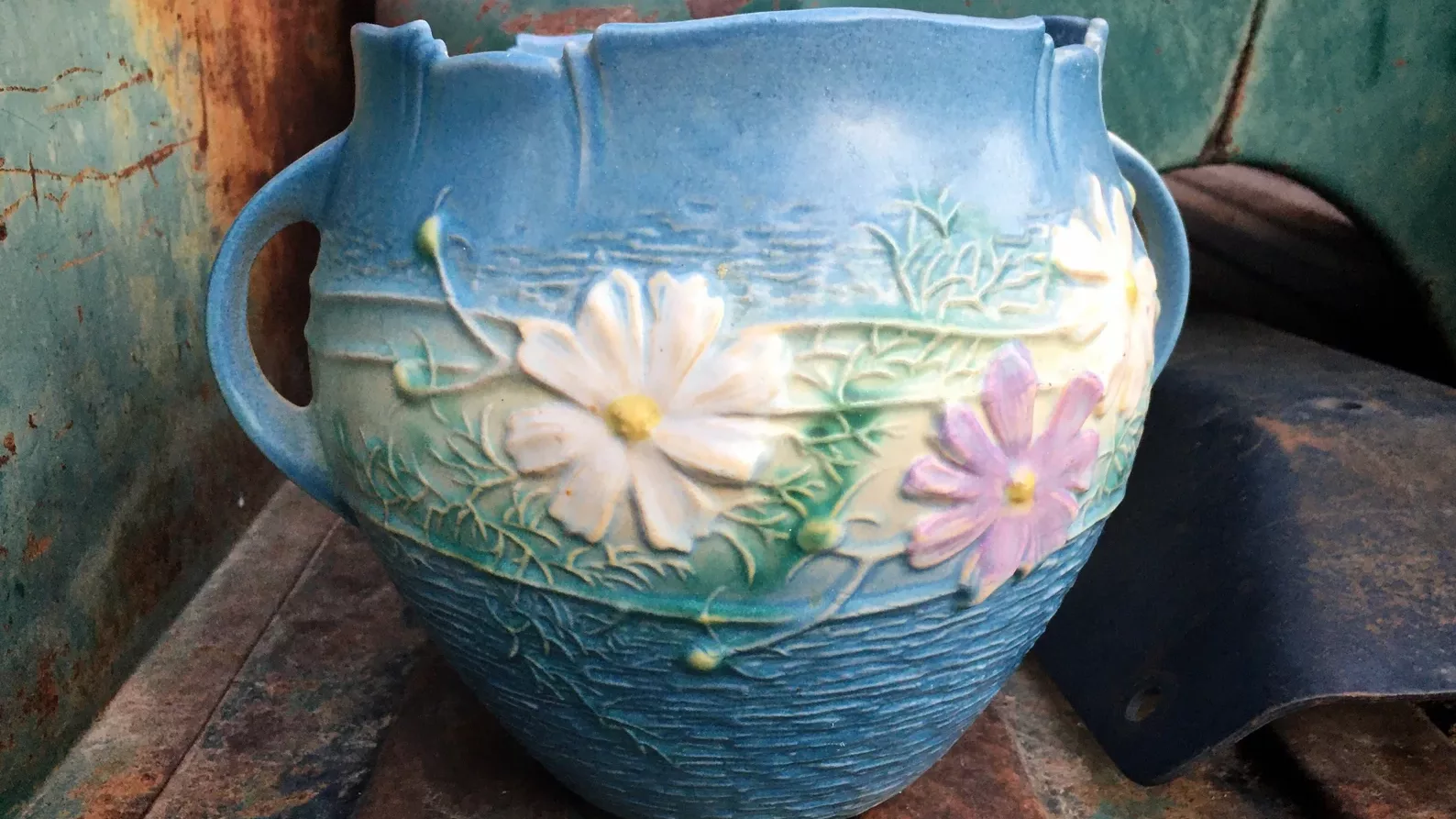
After Roseville Pottery went out of business in 1954, collectors were suddenly desperate to get their hands on the company’s products, leading to a boom in prices. These inflated values persisted for years, but, with the advent of the internet, collectors suddenly discovered quite how large the supply of Roseville Pottery was, and prices crashed back down.
Thomas Kinkade paintings

Known as the ‘Painter of Light’, prints of Thomas Kinkade’s paintings were worth serious money throughout the 80s and 90s. The artist cashed in by opening a chain of galleries across the United States, all of which sold prints of his artworks. This eventually led to a glut of supply, and the once valuable prints became basically worthless.
DVD sets
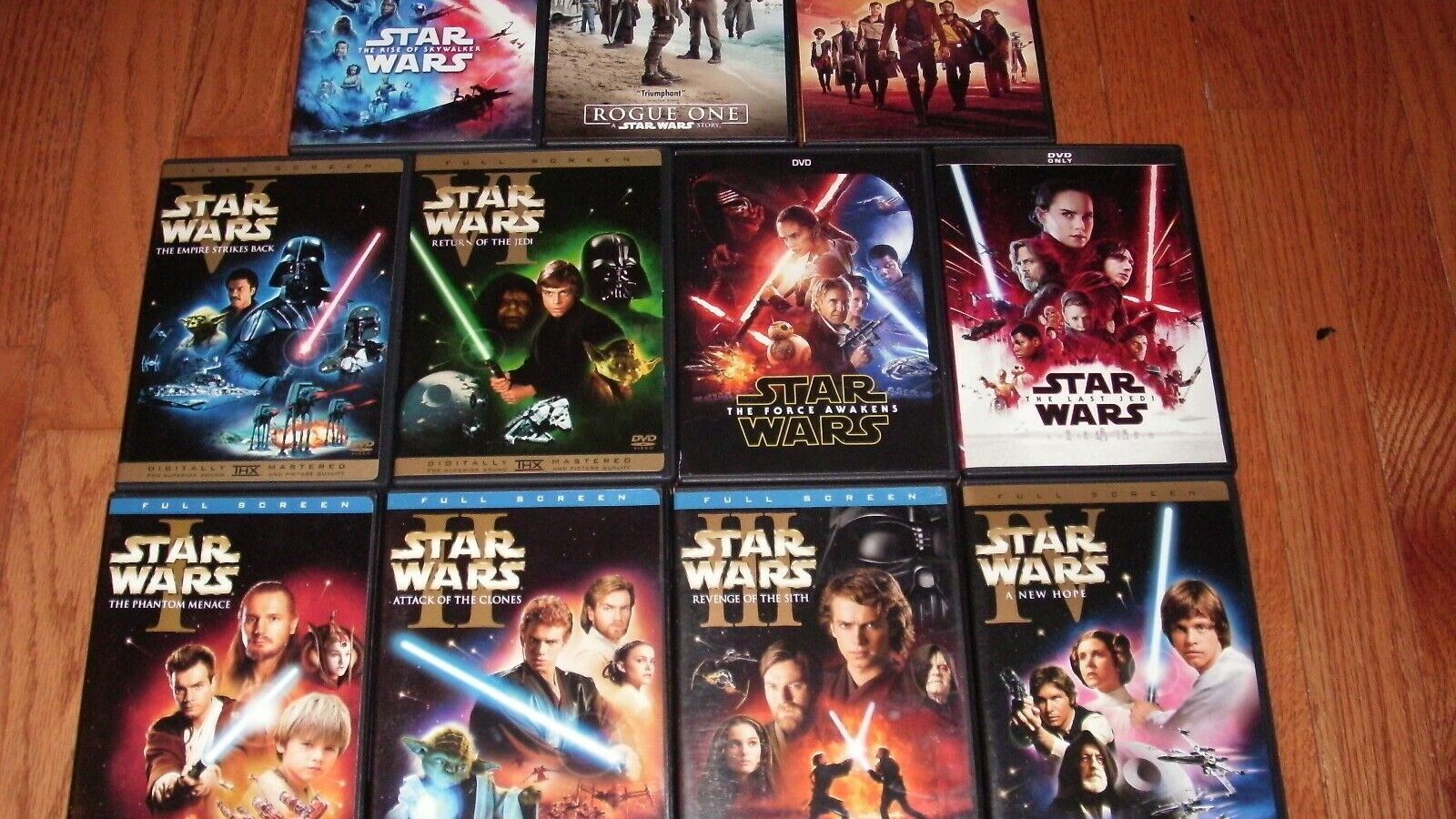
When DVDs emerged in the early 2000s, collectors quickly began purchasing limited edition box sets of iconic franchises, expecting them to be worth something one day. Unfortunately, that day has yet to come, and it’s unlikely that it ever will, with most DVDs – even rare editions – now worth less than what they were bought for.
Pokémon cards
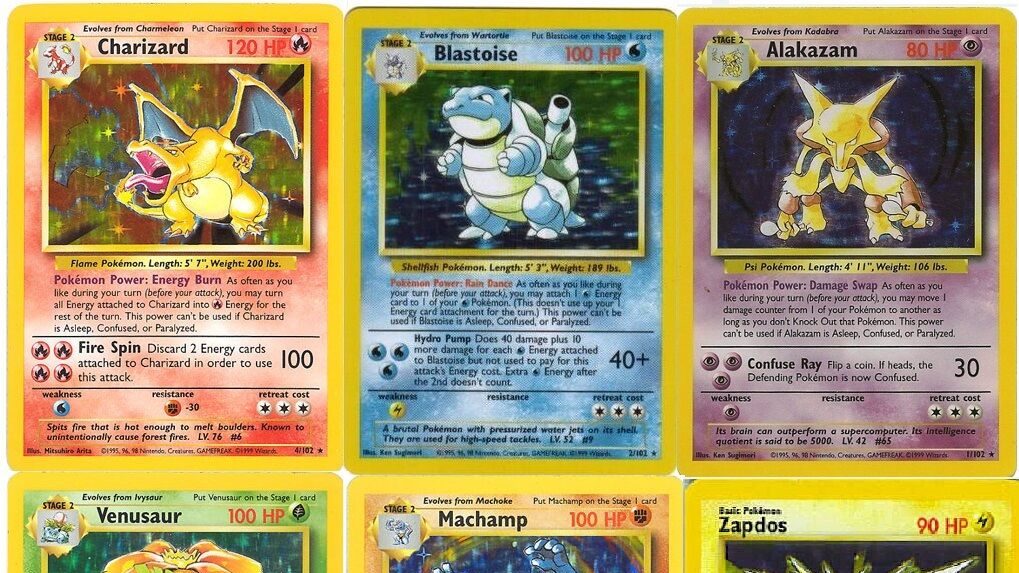
Every once in a while, an extremely rare (generally one-off) Pokémon card sells for hundreds of thousands of dollars, causing everyone to scour their old collections for valuable editions. Once again, the mass-produced nature of Pokémon cards means that even “rare” examples typically aren’t all that rare, and prices rarely exceed $35.
Vintage clothing
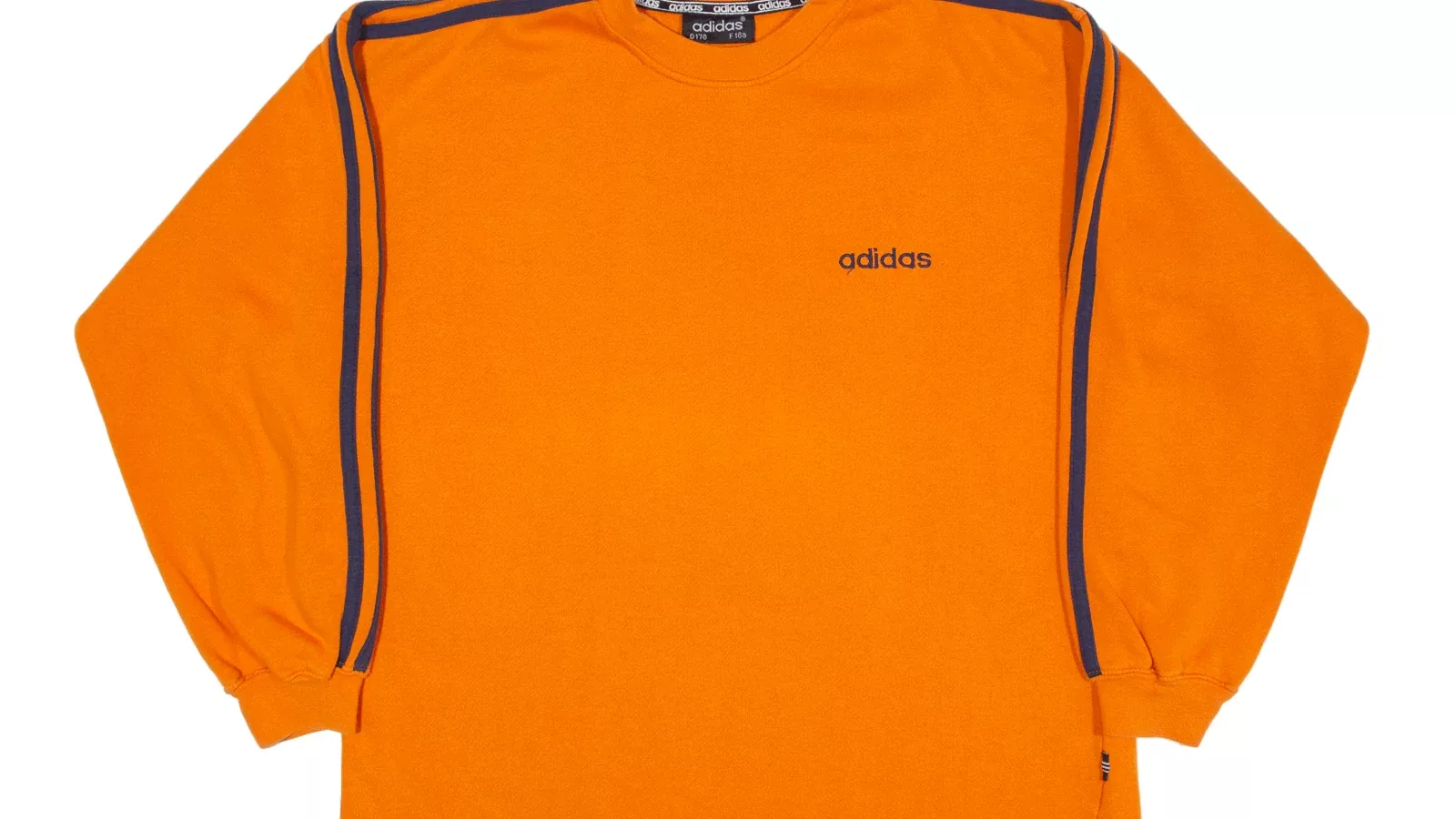
Vintage clothing is back in style (Macklemore even poked fun at the trend in his 2012 record Thrift Shop), but that doesn’t mean that your boxes of old clothes are worth anything. Collectors of vintage clothing are incredibly discriminating in their desires, with only specific styles and designers likely to fetch more than pennies.
Hot Wheels
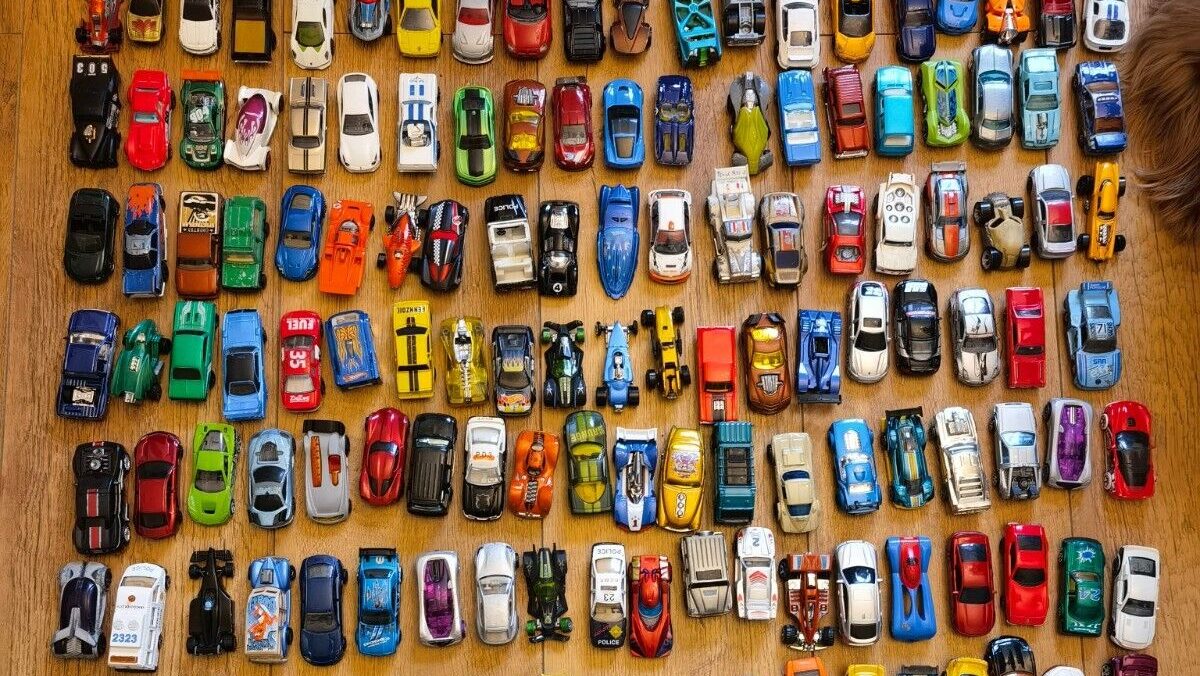
The most expensive Hot Wheels set went for a whopping $175,000, but before you start frantically hunting in your attic, you should bear in mind that the vast majority are worth almost nothing. Even limited edition vintage toys from the 60s hold pretty much no value, since they were manufactured in such large numbers.
Model trains

Collectors of model trains take their hobby incredibly seriously, and some rare sets can command serious prices. Most, however, are next to worthless, especially if they were produced recently. Lionel, one of the largest makers of model trains, has expressly cautioned against collecting its products in the hope of them increasing in value.
Baseball cards
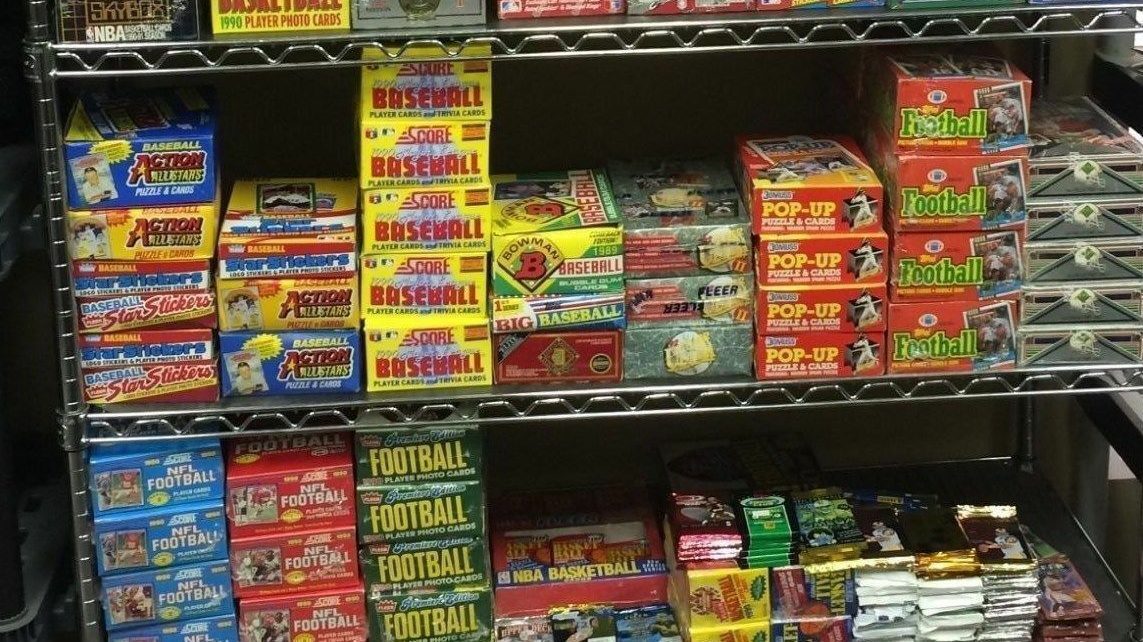
In the 70s, collectors started recognizing the potential value of baseball cards, leading to a rush of people buying as many cards as they could in the hopes of getting their hands on a future fortune. While this hype did drive prizes up for a while, the bubble eventually burst, and all but the rarest cards are now worth barely a dollar.
Brown furniture
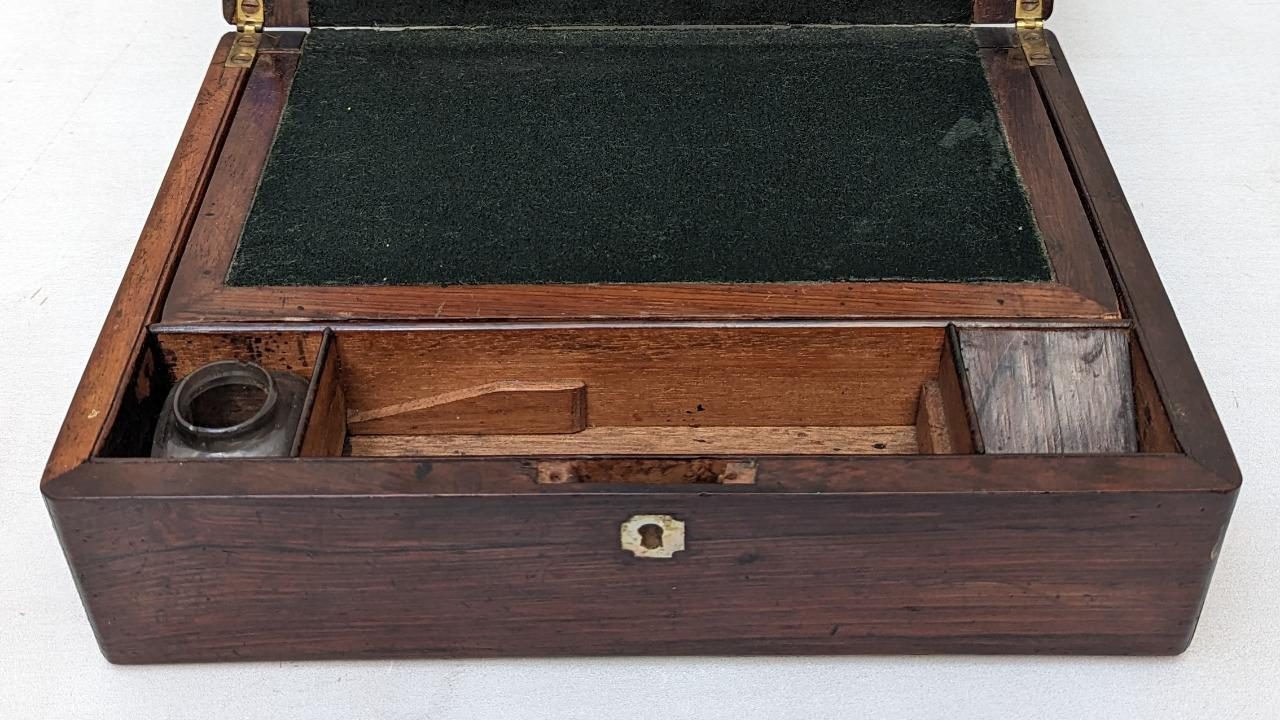
Once upon a time, if you owned dark, antique furniture, you might have been sitting on a potential goldmine. Nowadays, you’d just be the owner of some outdated furniture. While so-called “brown furniture” was once in vogue, it’s now gone completely out of fashion, which has sent its value tumbling.
Coca-Cola merchandise
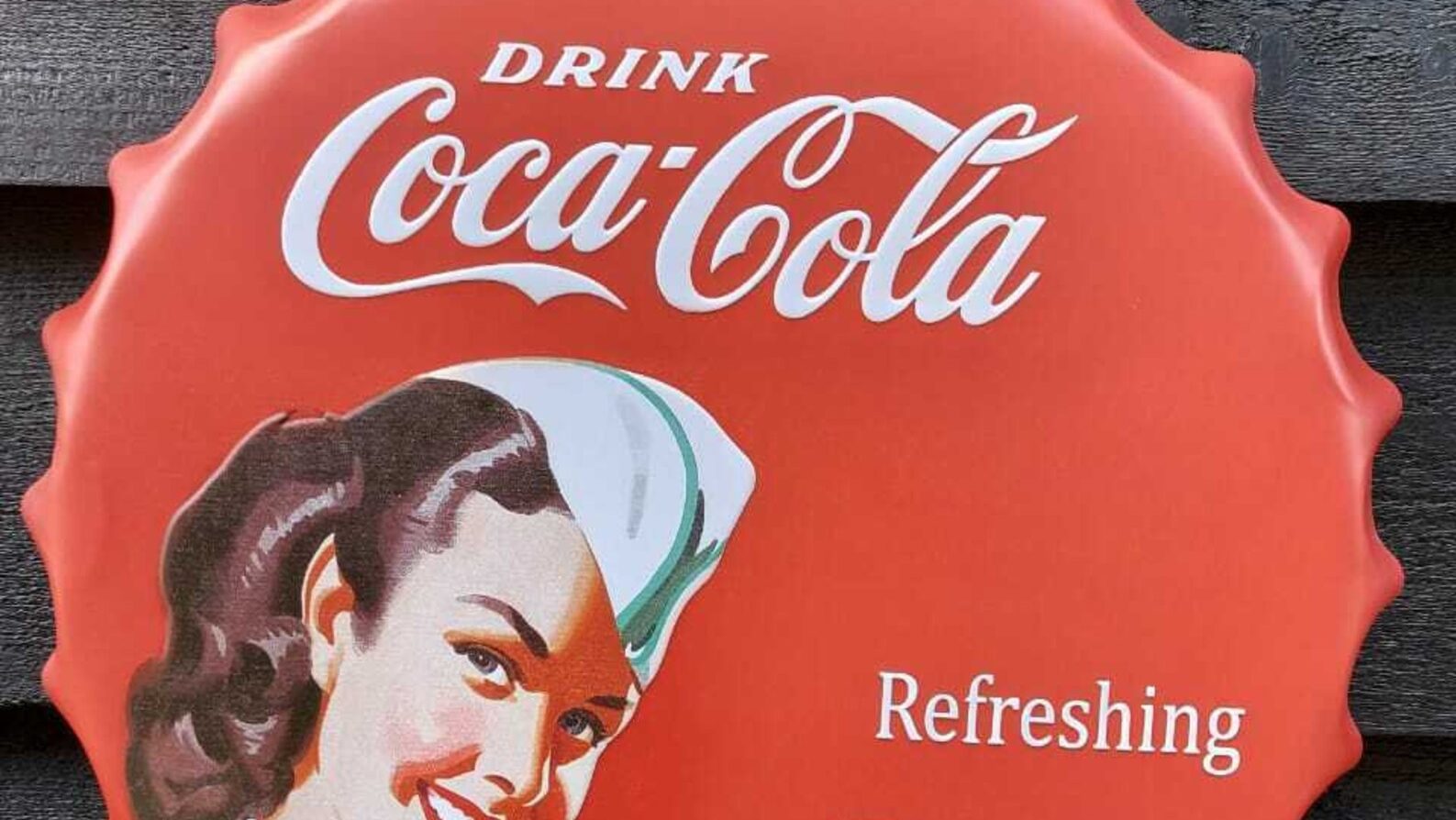
Coca-Cola merch was all the rage in the 40s and 50s, with prices for anything bearing the soft drink’s branding skyrocketing. Over time, however, these prices came crashing back down, largely due to Coca-Cola obligingly releasing huge quantities of merch. These days, most vintage Coke-branded products are likely to be worth under $20.
Bronze Age comics
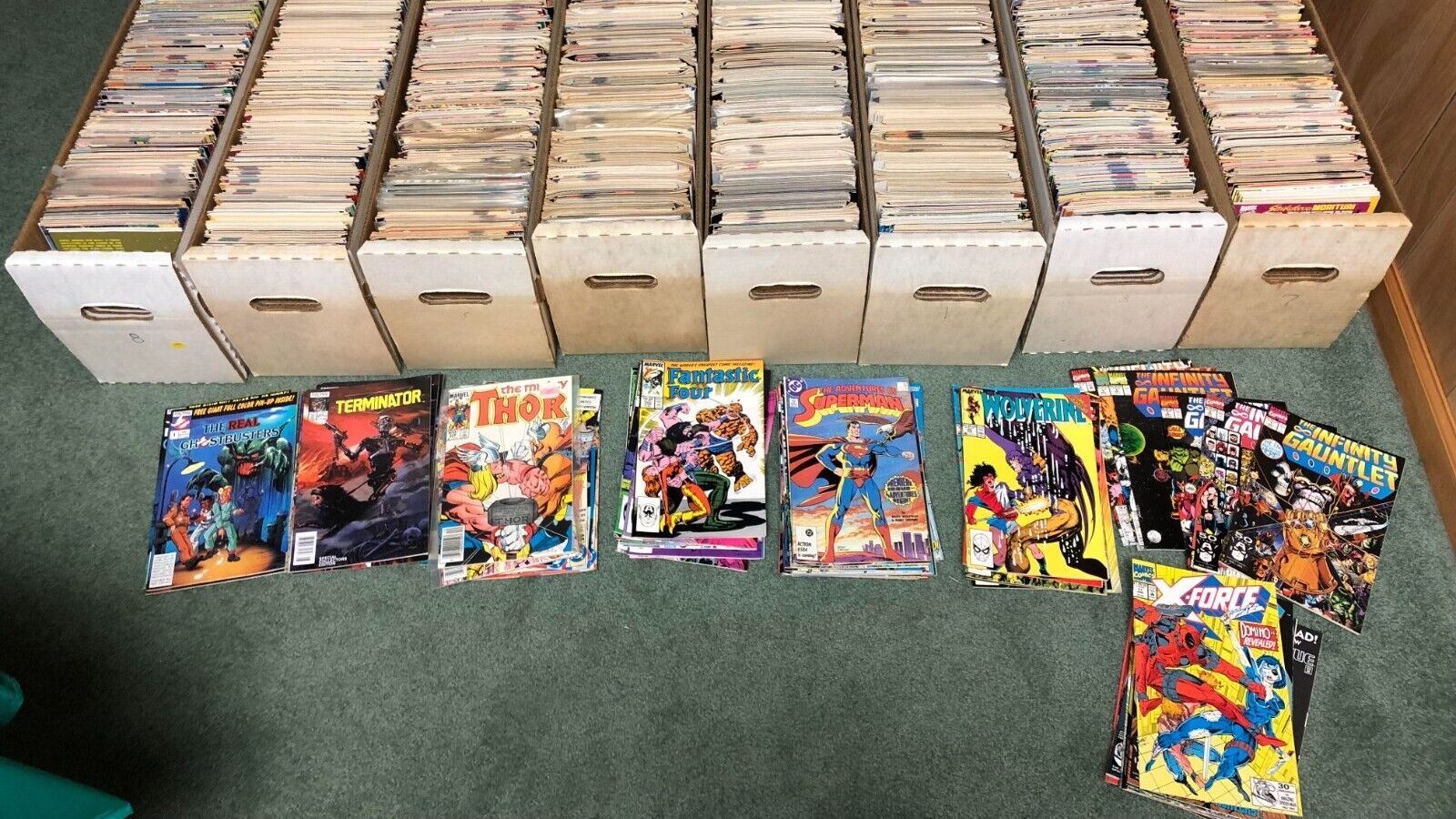
Comic books can be some of the most valuable collectibles on the market, with some going for millions. That said, collectors are incredibly specific about what they want. While silver and gold age comics can be worth vast sums, even rare editions of Bronze Age comics are unlikely to command more than $10.
Norman Rockwell plates
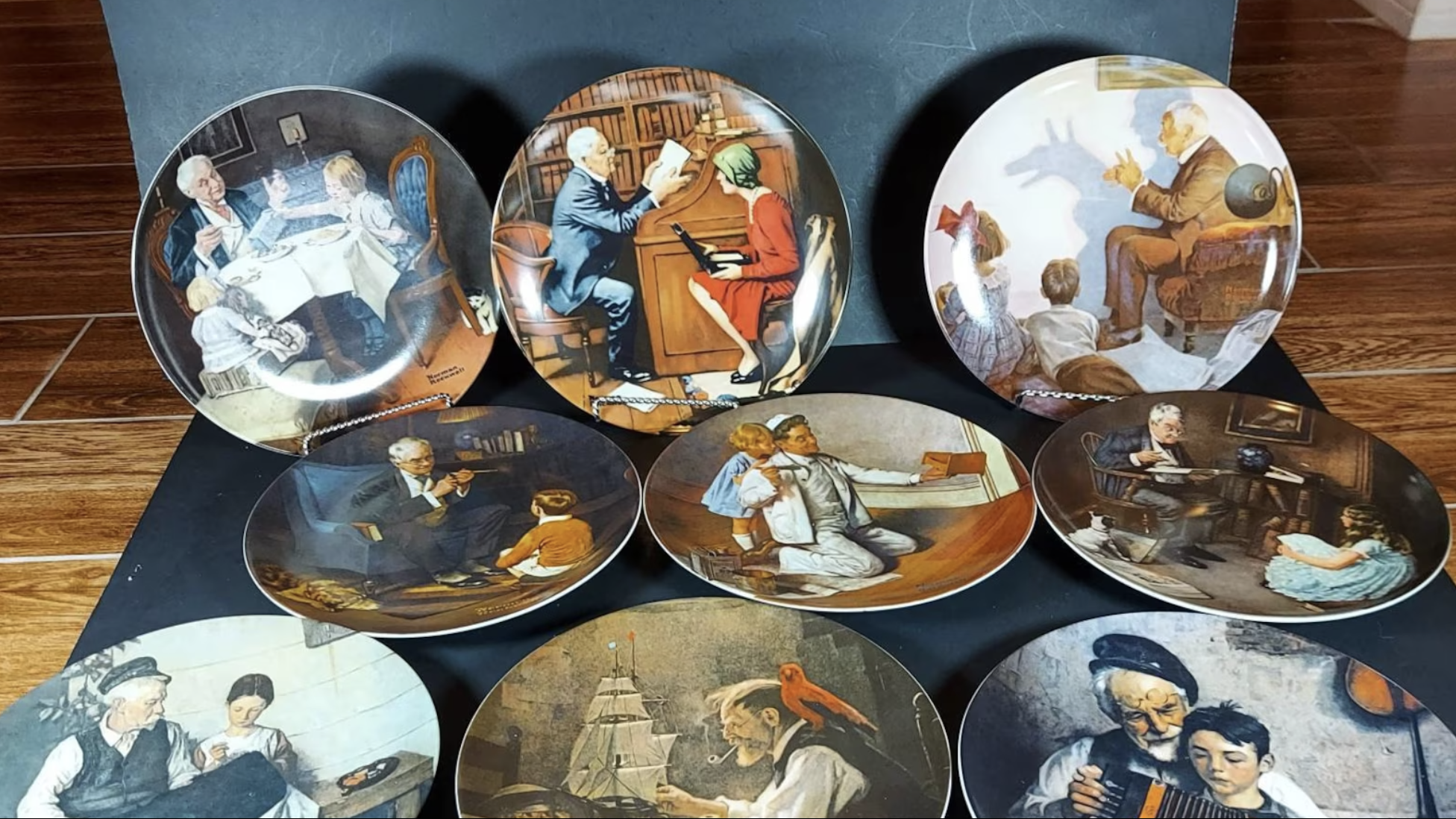
Produced in the 70s, commemorative Norman Rockwell plates were once quite desirable collectible items, fetching around $200 depending on condition. Demand for the plates has plummeted in recent years, however, and these days they generally sell for around $10 apiece, although a few rare editions are worth a bit more than that.
Cabbage Patch Kids
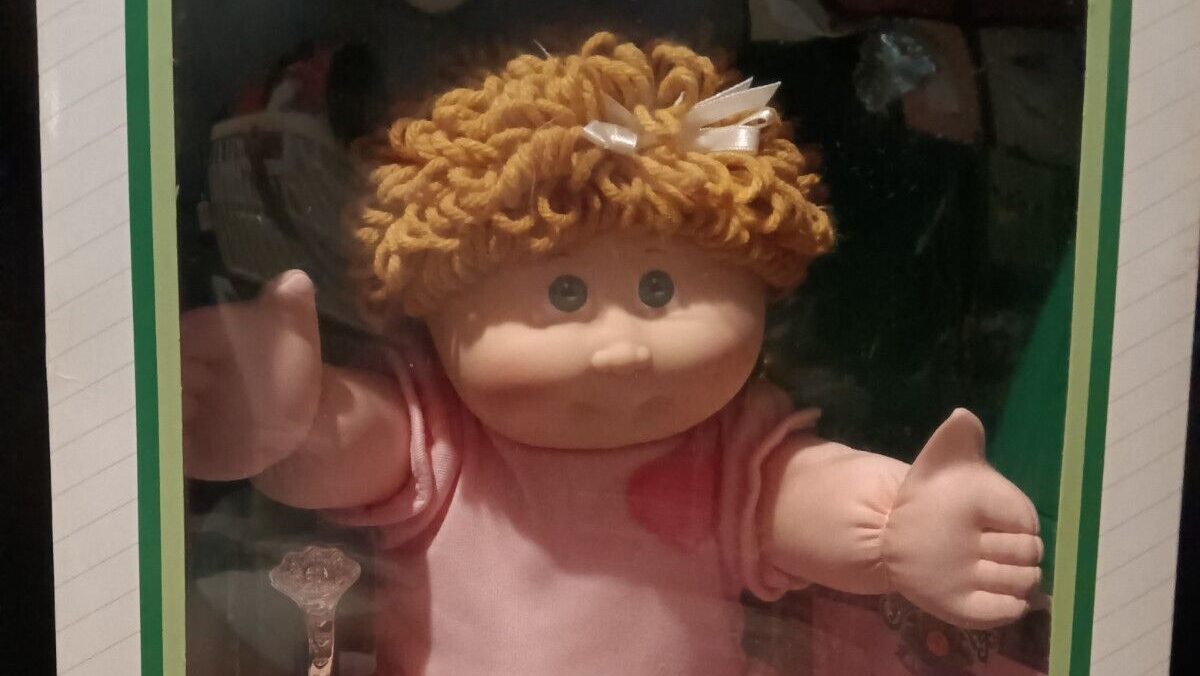
Despite never being particularly rare, Cabbage Patch Kids dolls were selling for tidy sums in the 80s and 90s, with collectors paying top dollar to get their hands on them. Once again, when the internet revealed quite how many of these dolls there were on the market, prices quickly came back down.
Hess trucks
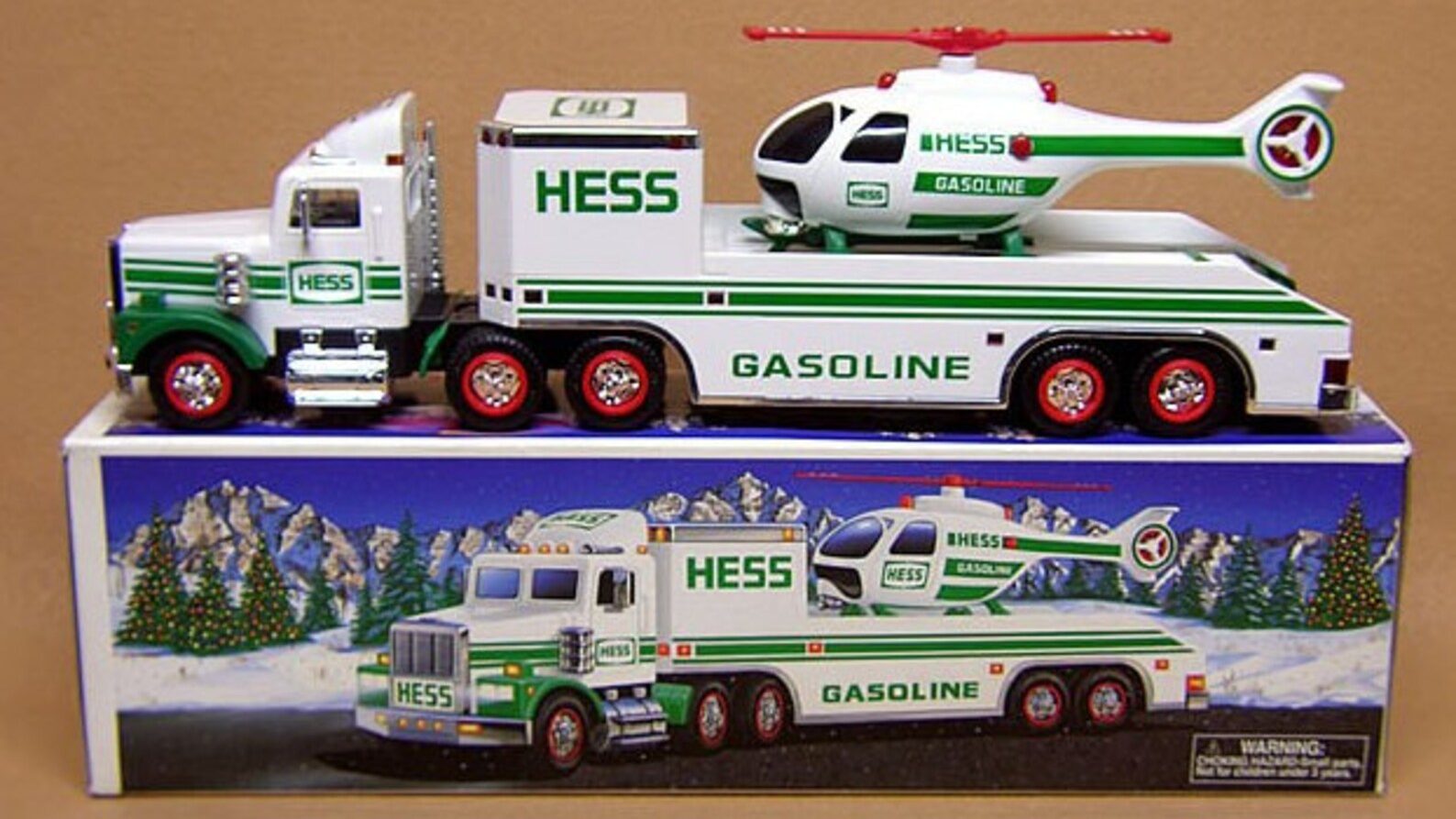
While Hess began producing toy replicas of its trucks in the mid 60s, they wouldn’t become a craze until the early 80s. Spotting an investment opportunity, collectors quickly began buying the trucks, keeping them in their original packaging. Unfortunately for these collectors, Hess ended up producing huge numbers of the trucks, making them basically worthless.
Lladro statues
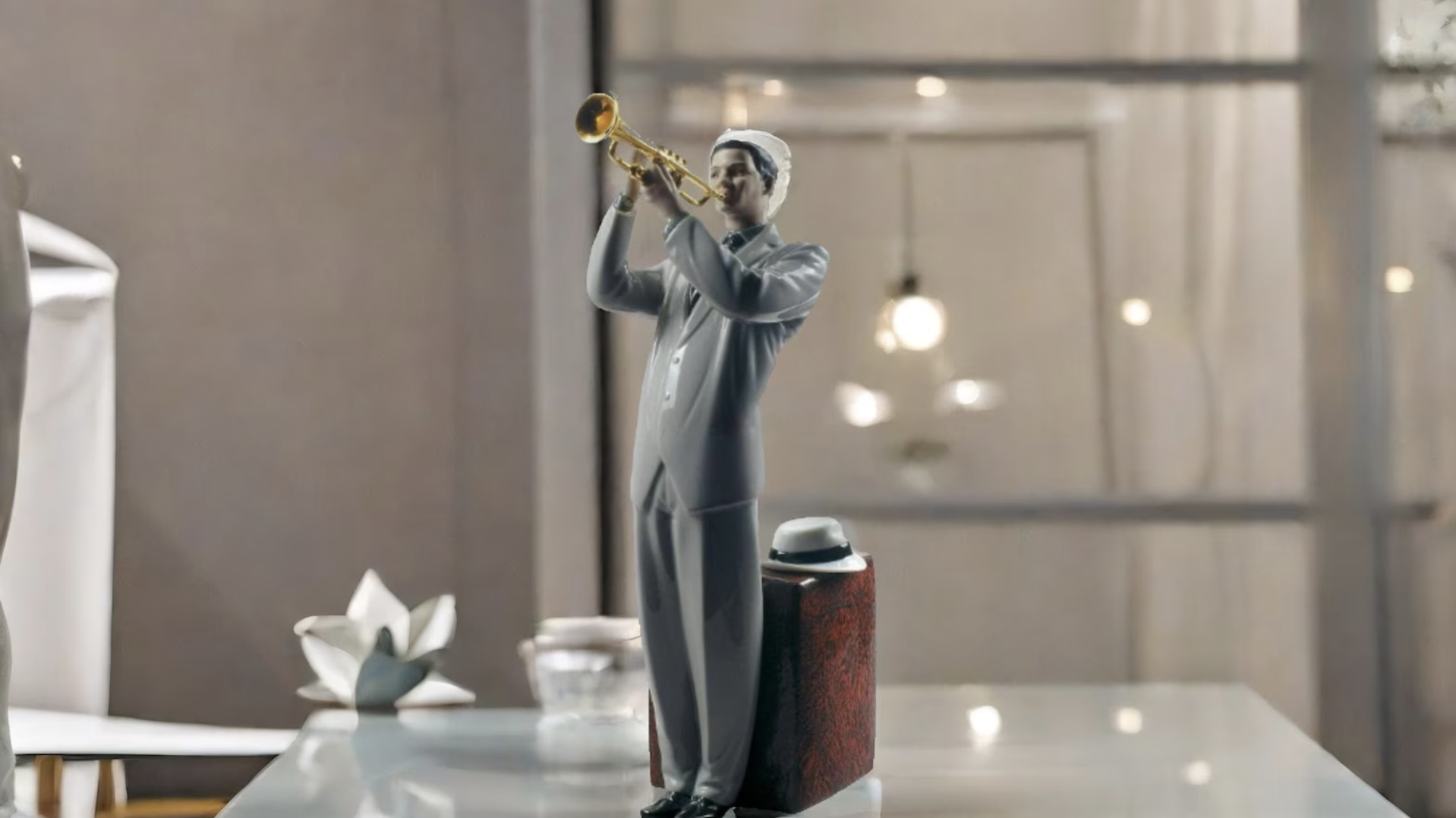
Lladro statues have sold for up to $15,000 in the past, which has led to collectors snapping up as many as they can in hope of a payday. In reality, the supply of these statues is simply too high for them to ever be worth much. Even the rarest editions were produced in numbers of at least 3,000 models, and the high prices they’ve commanded in the past were likely anomalies.
Commemorative stamps
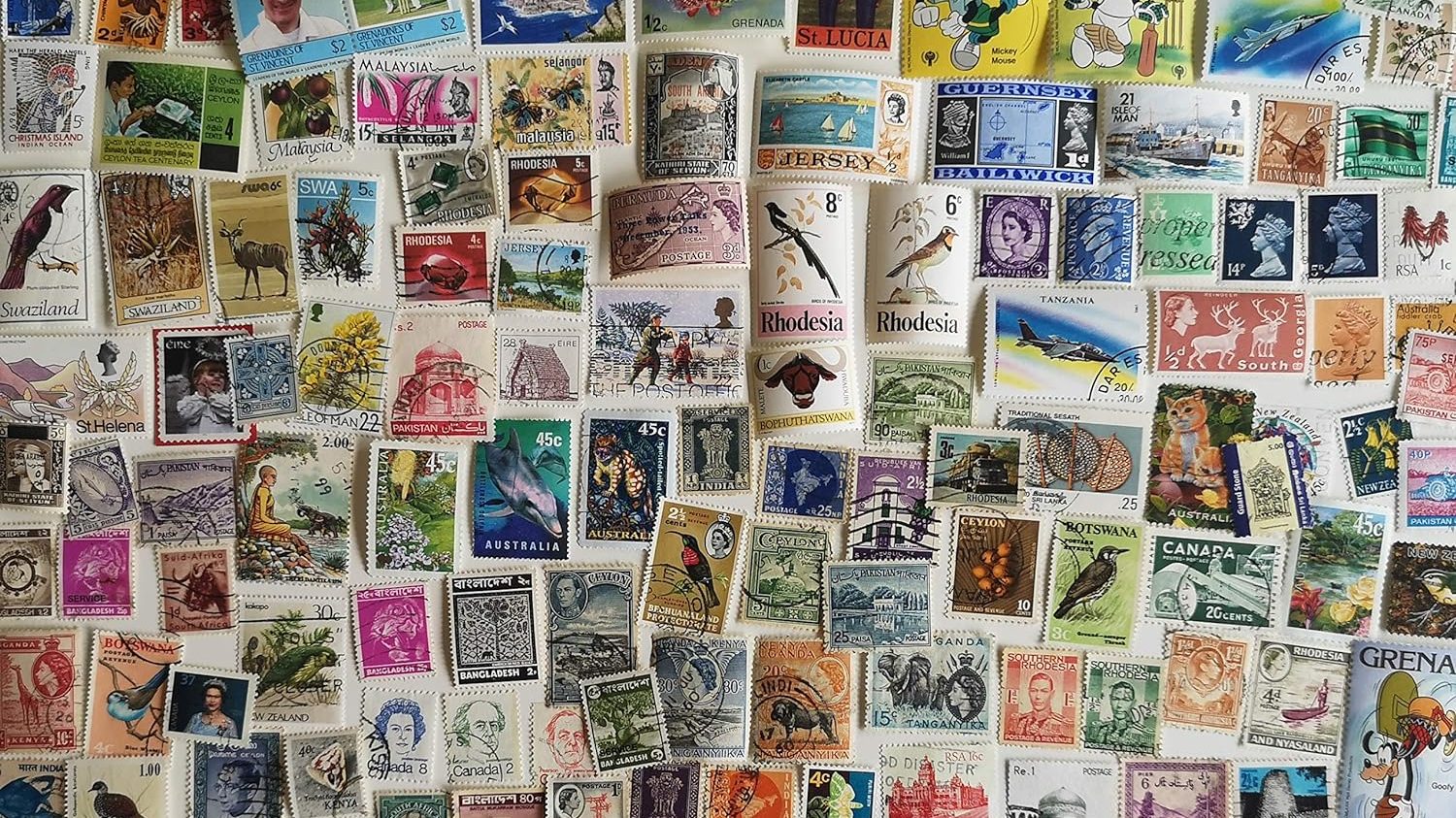
While stamp collecting is on the decline, there are still people that will pay top dollar for niche commemorative stamps. This is why there’s always a mad rush to buy new commemorative stamps when they’re released, but the truth is that there’s virtually no chance any of these stamps will ever be worth more than they cost in the first place.
Vintage serving platters
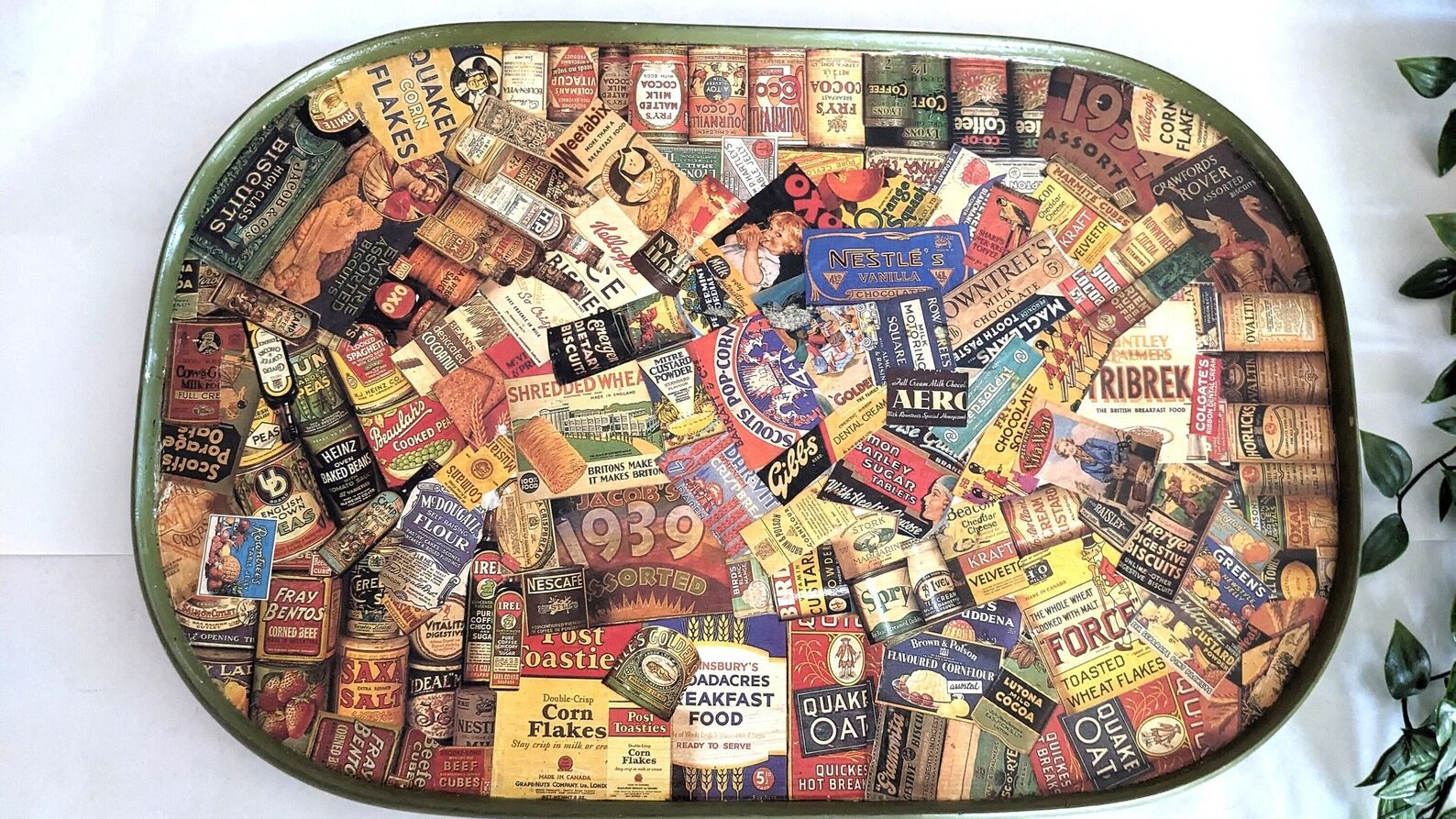
Old serving platters used to be highly desirable items, often commanding high prices. These days, however, the prevalence of high-quality reproductions has near-enough killed the demand for genuine pieces. There are still some collectors who will pay for platters made by specific designers, but even these are worth a fraction of what they used to be.
Children’s books
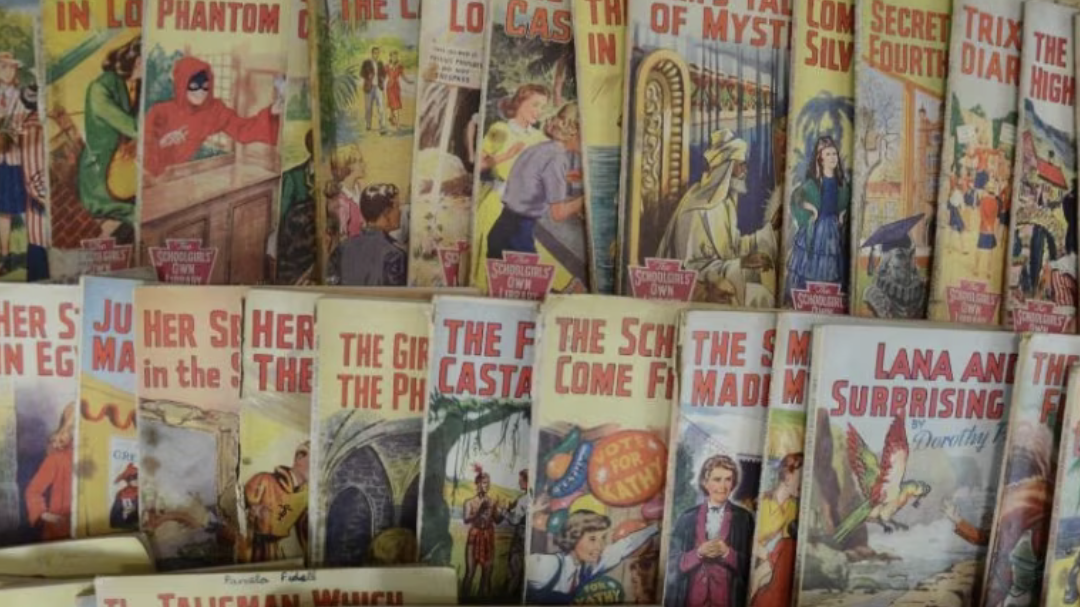
First-edition copies of classic children’s books sometimes fetch thousands of dollars, but the chance you’ve got a payday sitting in your box of childhood memories is slim. Even if you do have a desirable first edition, it would have to be in mint condition to be worth anything, which is pretty rare when it comes to kids books.
Precious Moments’ Bride and Groom sets
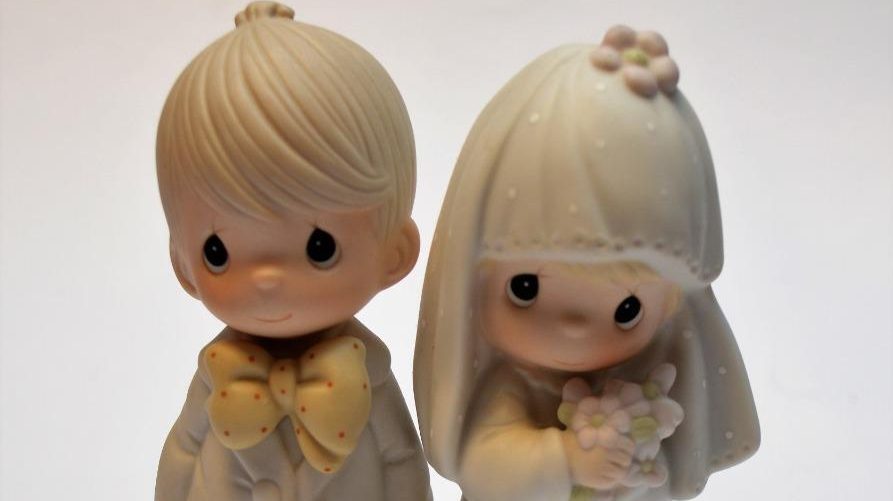
Once popular wedding gifts, Precious Moments’ Bride and Groom sets seem like the kind of item that would be worth a lot of money to the right collector. For whatever reason, however, no one seems to want them, and even supposedly rare sets only go for around $10.
Commemorative coins
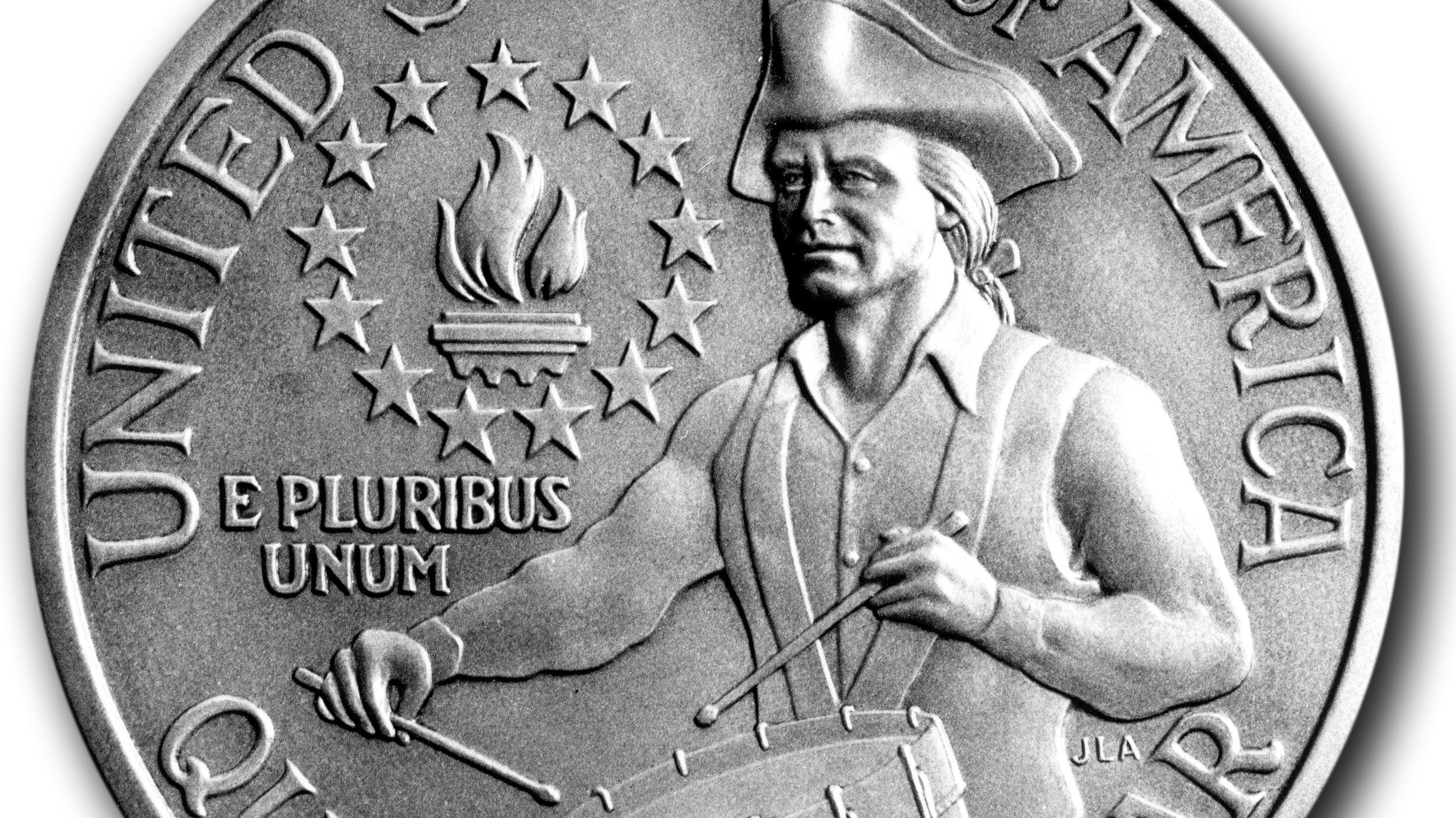
Much like with commemorative stamps, collectors eagerly buy commemorative coins as soon as they released in the hope that they will accrue value. However, as with stamps, modern commemorative coins are almost guaranteed to remain basically worthless, largely because they’re manufactured in such large numbers.
Limited Edition Barbies
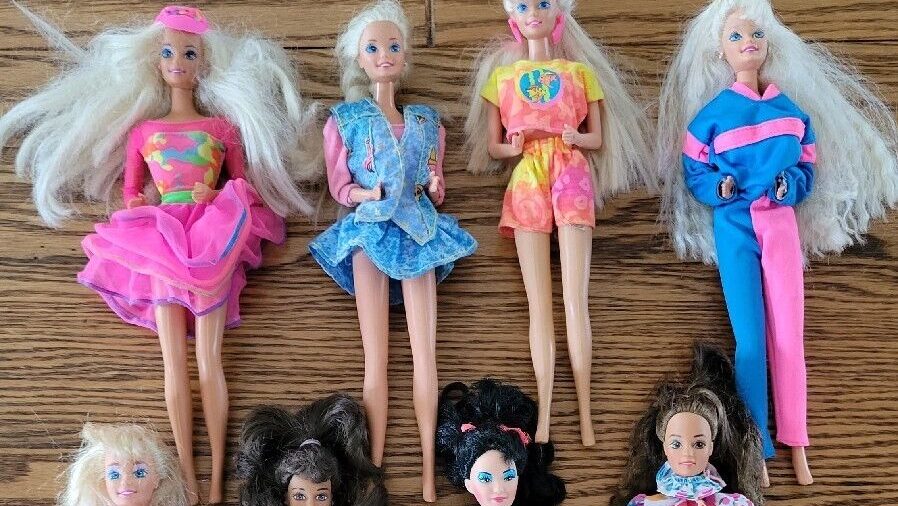
Some of the most valuable collectibles on the market are limited edition vintage toys. Unfortunately, this doesn’t extend to Barbies. While a few exceptionally rare limited editions are worth good money if they’re still boxed, the majority are worth far less than their owners believe.
Vintage lunch boxes
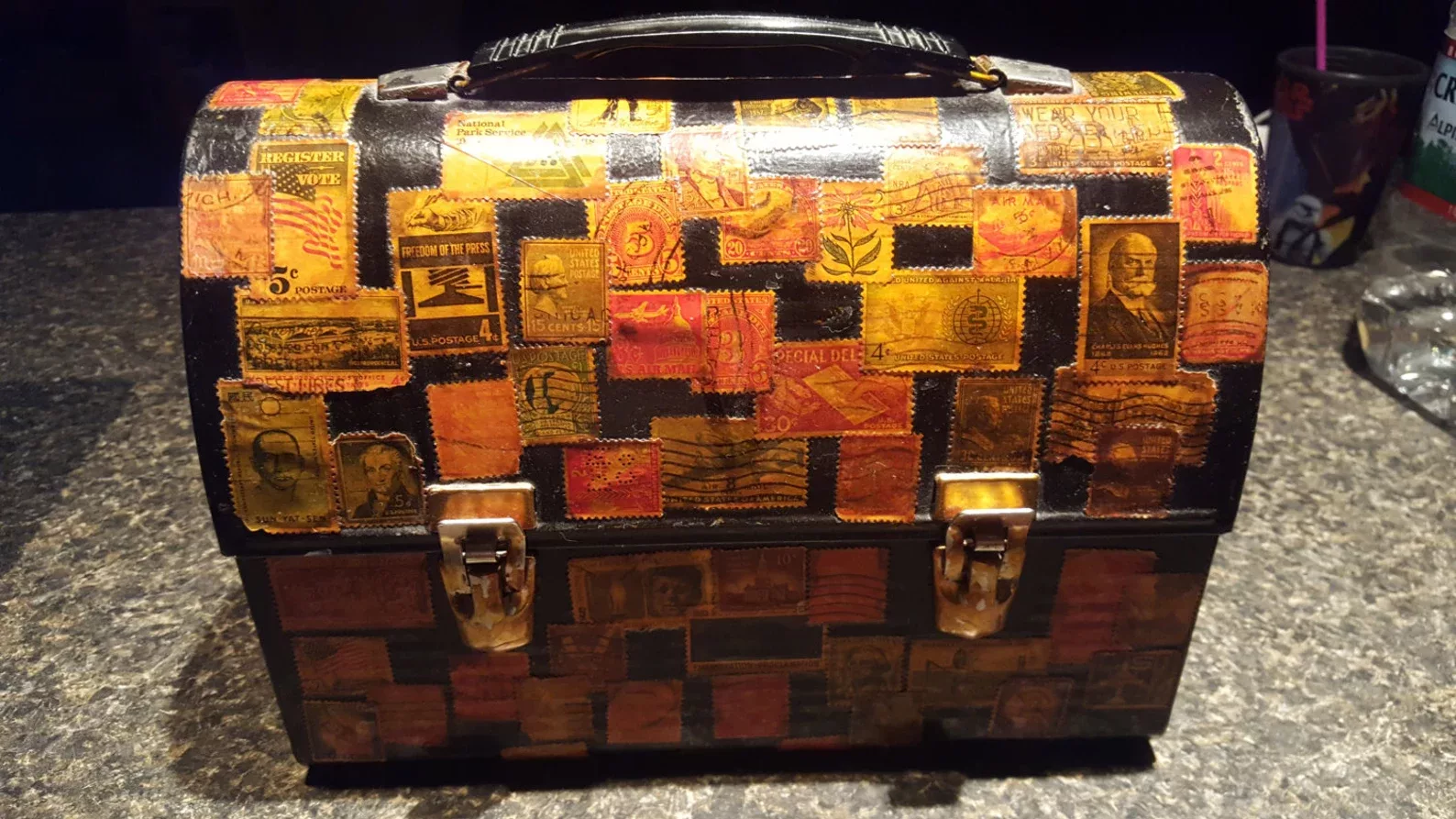
Tin lunch boxes were all the rage in the 70s, and some rare examples have sold for thousands of dollars. The vast majority are worth a fraction of that, and even rare examples will struggle to fetch more than $100. Additionally, since tin is easily dented, most of these lunchboxes won’t be in good condition, meaning they’re of little interest to collectors.
Autographed sports memorabilia
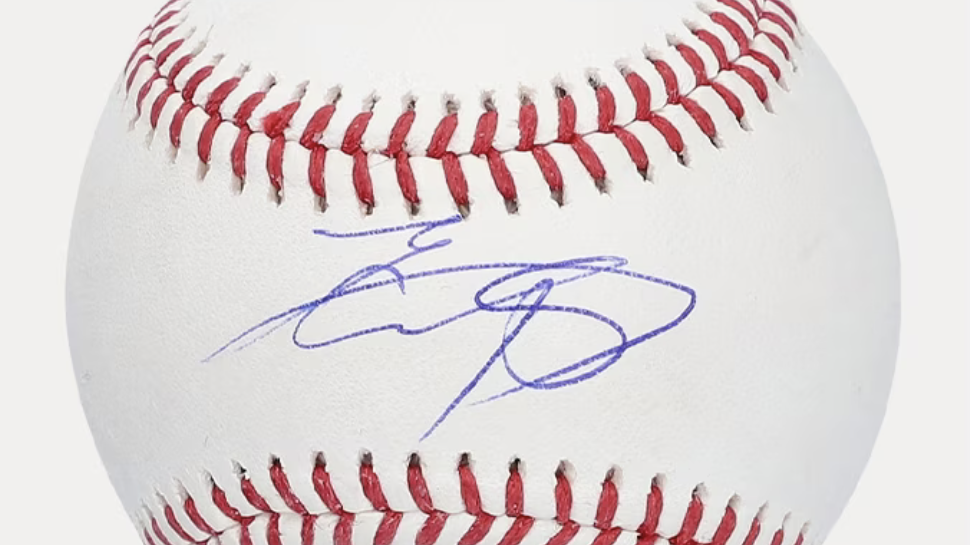
People tend to assume that any autographed sports memorabilia they own is worth big bucks, but the opposite is likely true. For an autographed baseball, jersey or other piece of kit to be worth anything, the autograph has to be authenticated, a tall ask in light of how many fakes are out there.
Souvenir bells
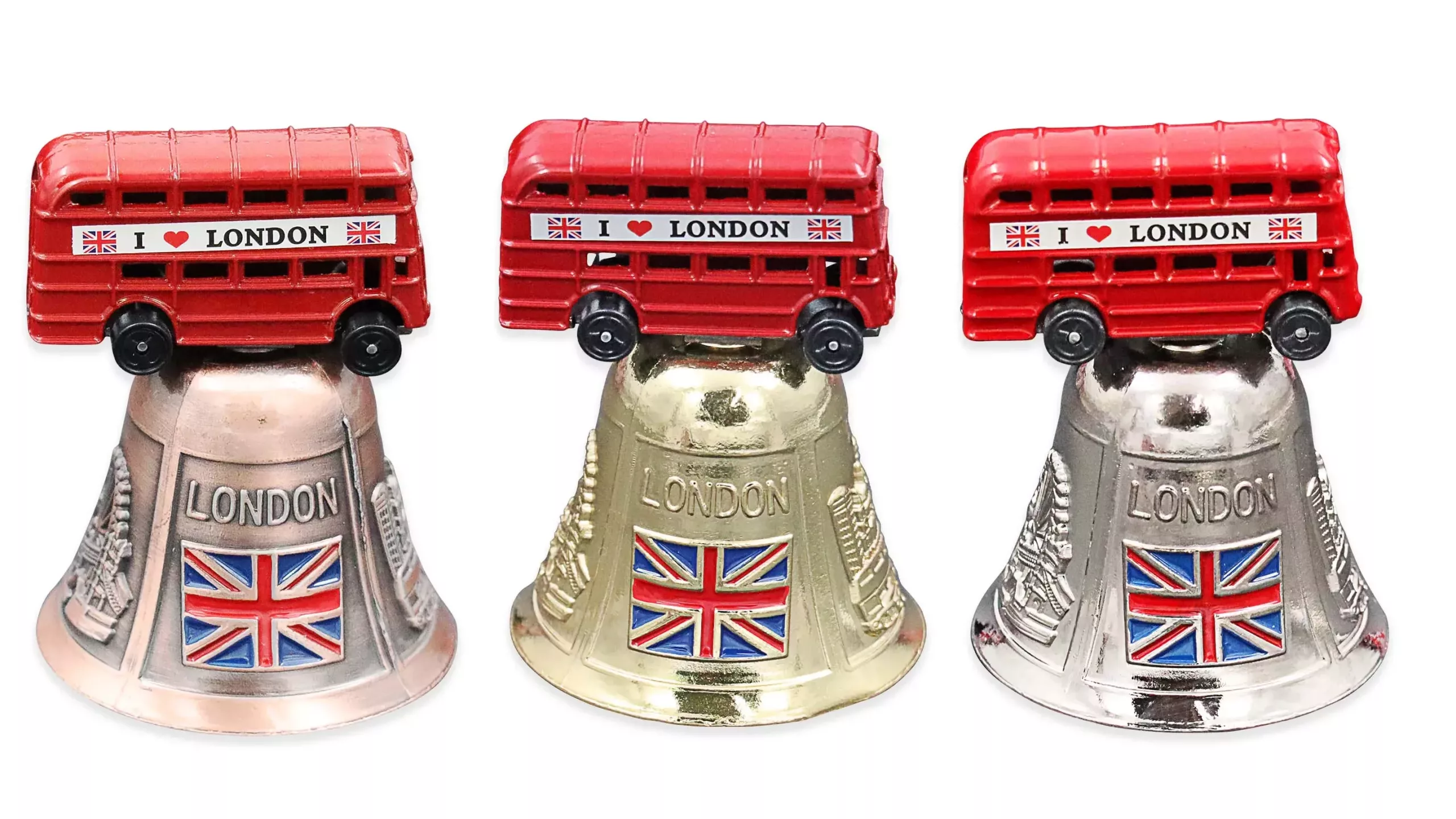
Souvenir bells commemorating specific locations or events were once all the rage, but they have fallen out of fashion in recent years. Before you try and make a fortune from the bells still collecting dust in your attic, you should be aware that the vast majority sell for under $5 on eBay.
Vintage playbills
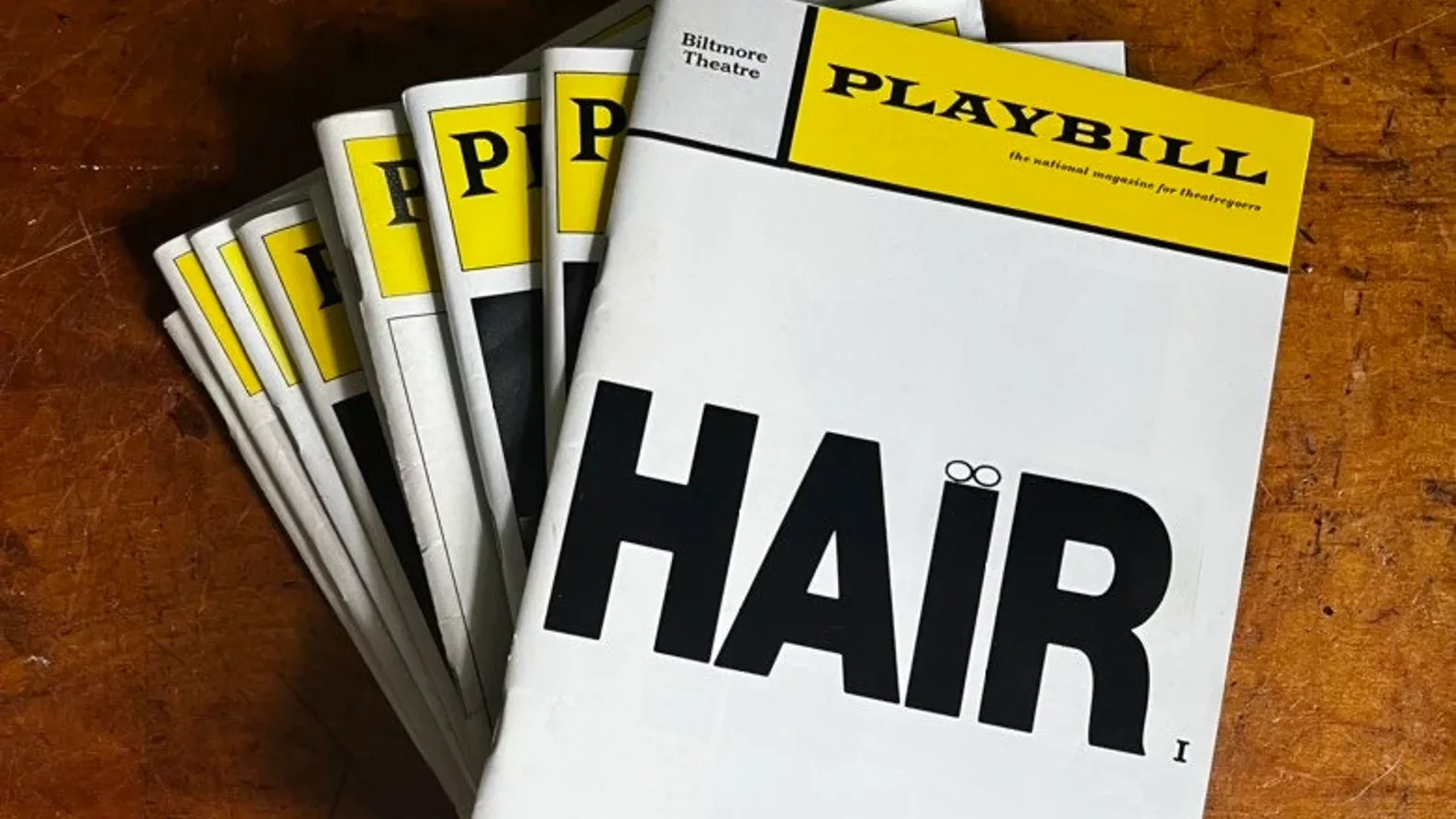
Vintage playbills – especially if they came from the opening night of now-iconic shows – used to be worth serious money to collectors with an affinity for Broadway. Prices have plummeted in recent years, and once again the internet is to blame, with supply now overwhelming demand and ensuring even the most desirable playbills are only worth a few dollars.
Old farm tools
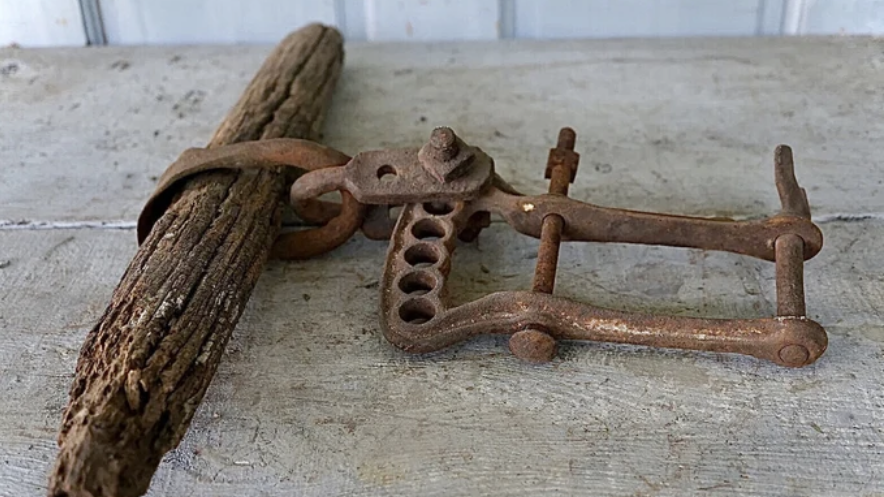
In the 90s, vintage farm tools somewhat improbably became fashionable decorative items, and people were paying large sums of money for old rusted pitchforks, spades and trowels to hang on their walls. This led to a surge in fakes, which eventually overwhelmed the market and drove prices right down, even for genuine articles.
Carnival chalkware
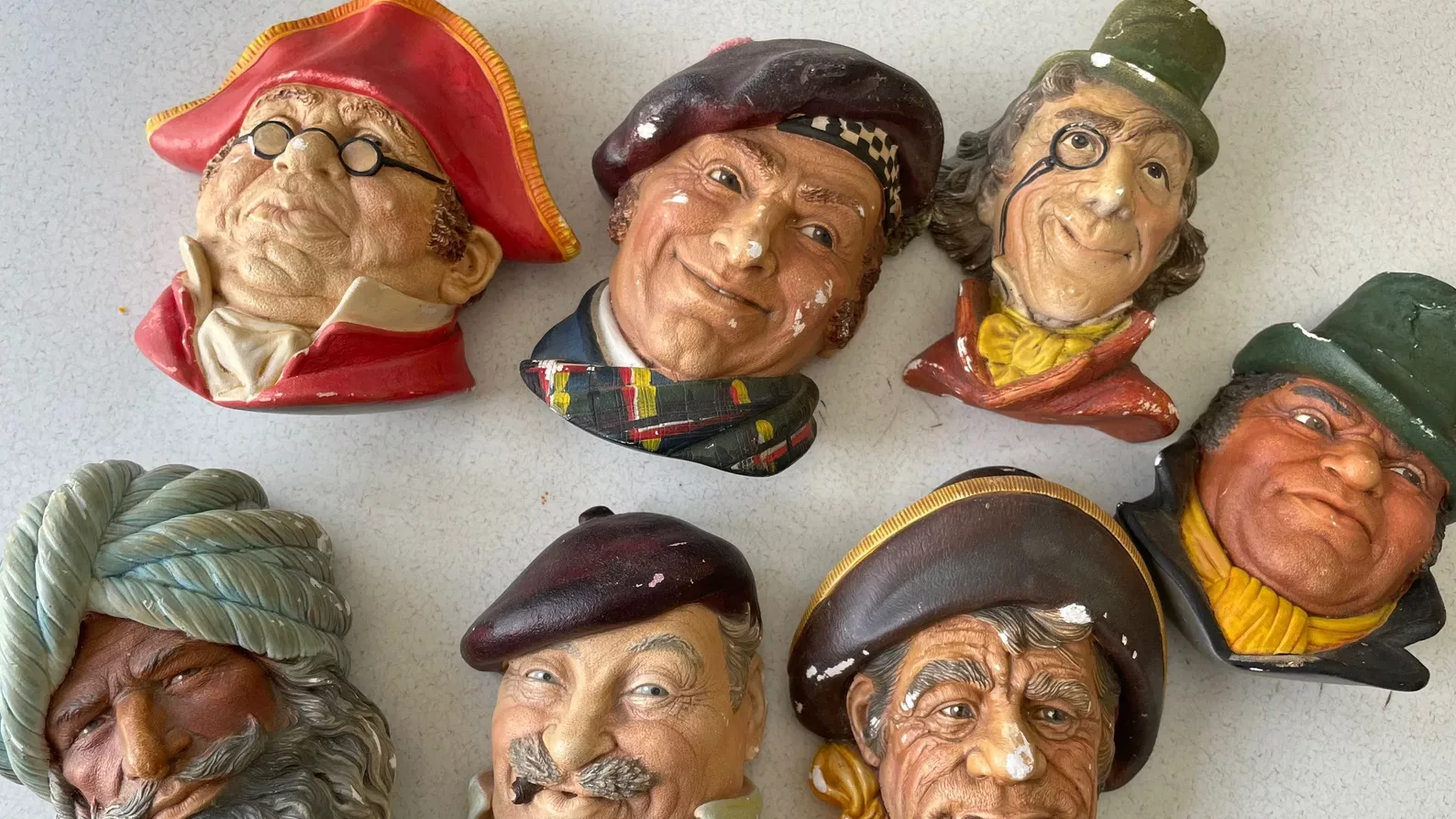
Once upon a time, chalkware souvenirs from carnivals – the more bizarre the better – used to command high prices in antique shops. These days, they are unlikely to sell for more than $20. There are two reasons for this: firstly, the internet has made them easy to get hold of, and secondly, very few people want them anymore.
Longaberger baskets

Longaberger baskets have all the hallmarks of valuable collectibles; they’re handmade, vintage and the company that produced them has now shut down. While a few baskets have gone for up to $5,000 on eBay, there are simply too many still around for this to be a norm, rather than an exception.
Marbles
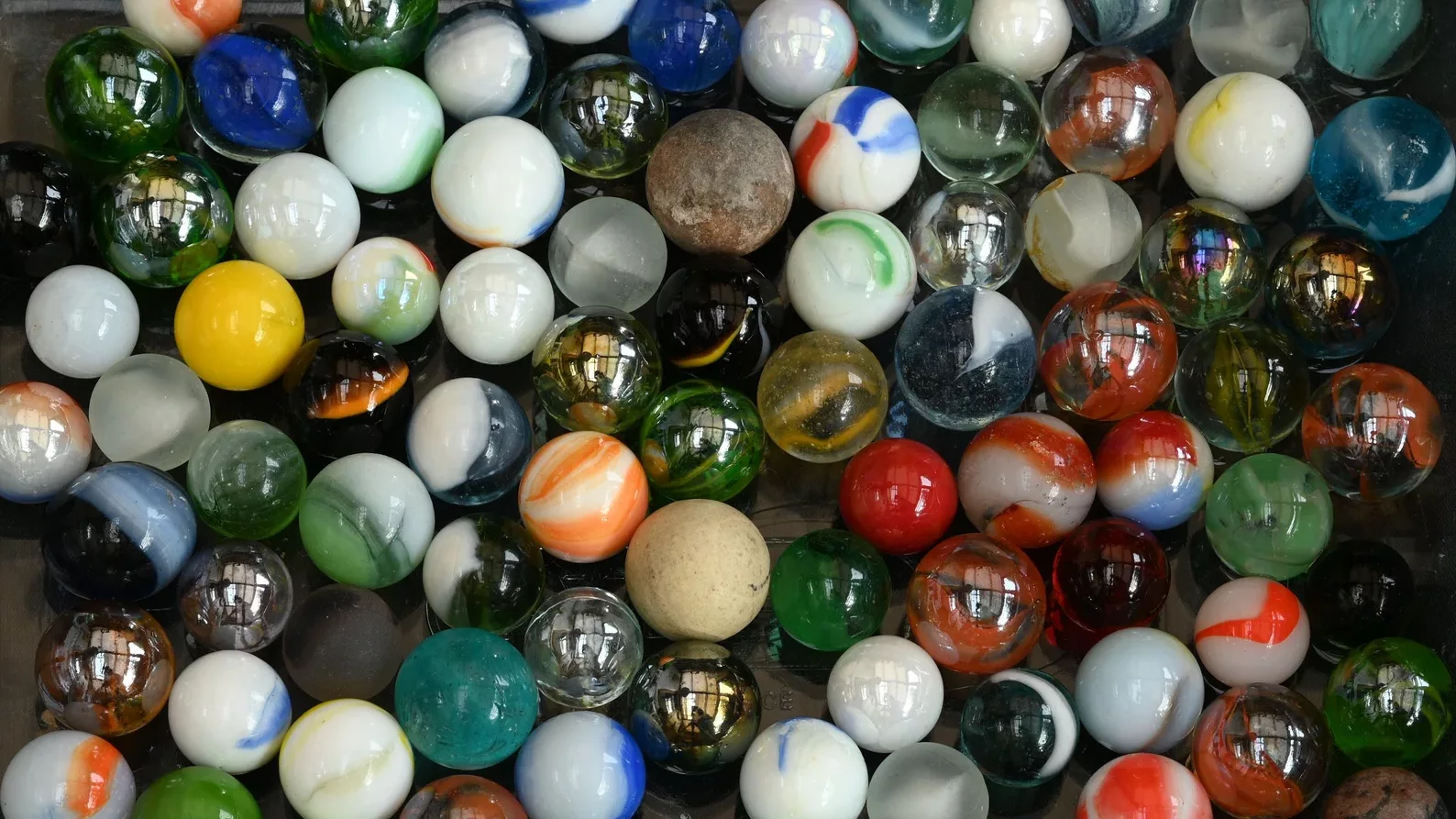
A few specific marbles – generally manufactured in Europe during the 19th century – are considered incredibly valuable, with some having sold for up $10,000 in the past. It should go without saying that these are almost unbelievably rare, and most marbles, even if they’re considered vintage, are unlikely to be worth more than a dollar.
Star Wars action figures
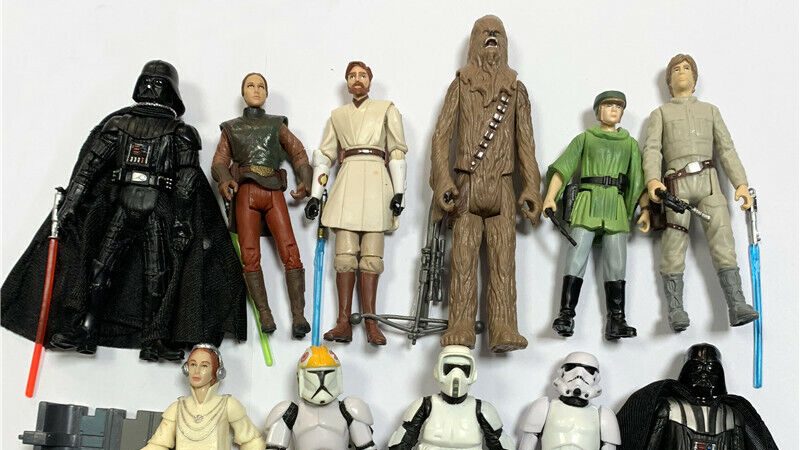
With the exception of a few limited editions from the 70s, Star Wars action figures are basically worthless. Thanks to the runaway success of the films, these toys were produced in vast quantities, which means they’re never going to be rare enough to appeal to even the most obsessed collectors.
Royal Family memorabilia
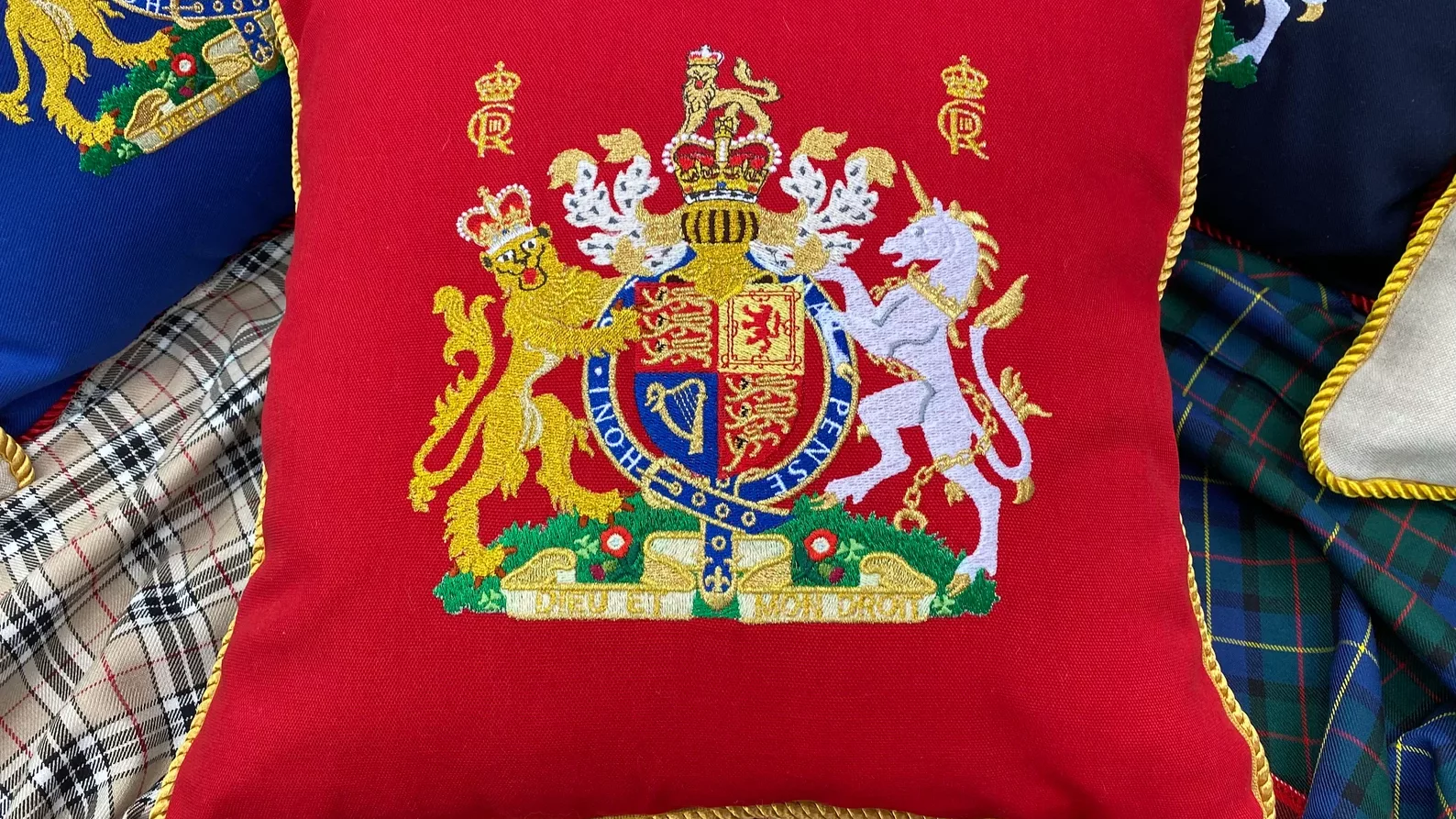
Commemorative Royal Family memorabilia tends to attract collectors looking to make an investment. Unfortunately, it’s almost always a bad bet. There is no shortage of companies trying to cash in on the public’s obsession with the British royals, so the chances of commemorative merch ever accruing value are close to zero.
Vintage band t-shirts
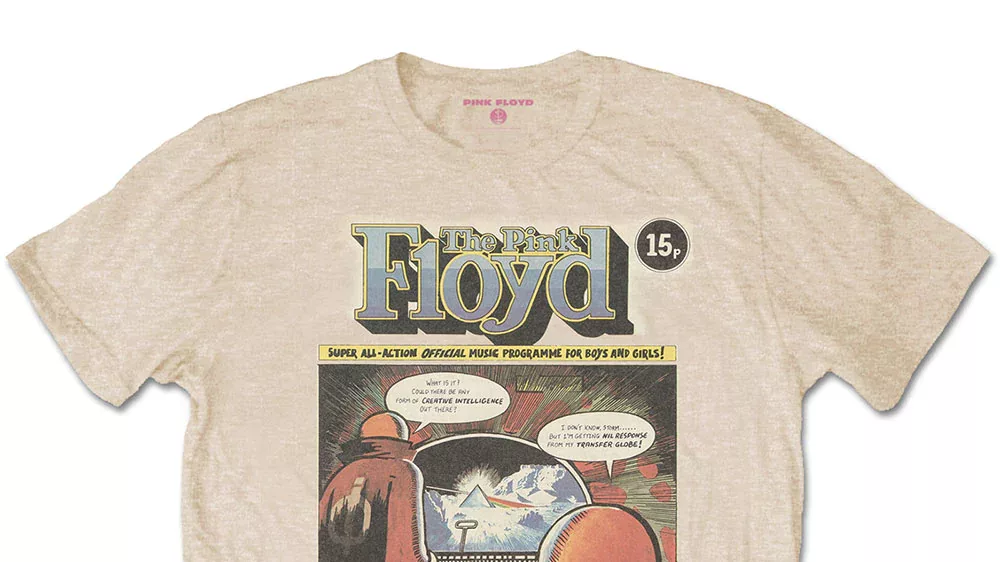
T-shirts purchased as official merch during concerts used to be highly fashionable, and they were capable of fetching high prices. As always, once the market for these t-shirts started to grow, it didn’t take long for companies to start rushing out knock-offs. With no real way to tell the difference, the demand for authentic shirts dropped, taking prices with it.
Americana

Americana refers to artifacts related to the history and culture of the United States. Once highly fashionable, interest in Americana collectibles has taken a nosedive in recent years, and most collectors now find themselves unable to sell their collections, with many resorting to donating them to museums.
Vintage cameras
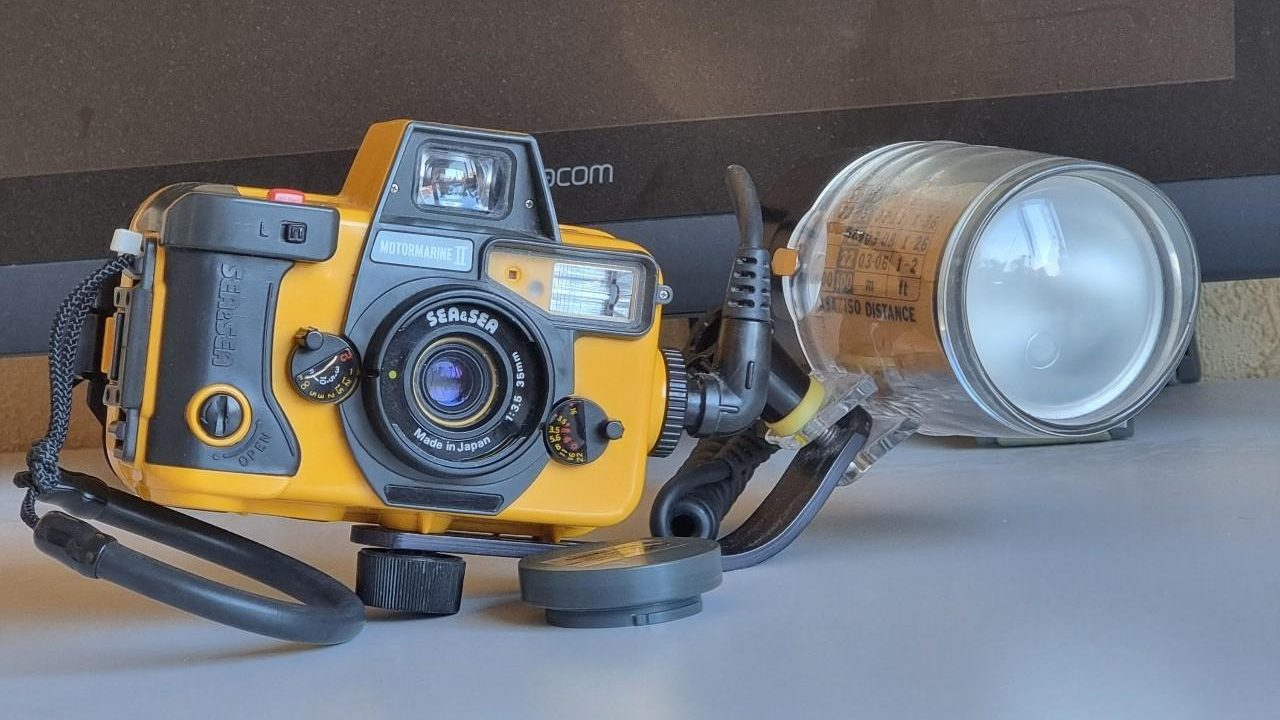
Outdated technology is currently back in vogue, with items like typewriters experiencing a boost in value. Vintage cameras, however, haven’t benefited from increased prices, largely because they’re so ubiquitous. While they might be popular with hipsters, they’re also incredibly to cheap to pick up online.